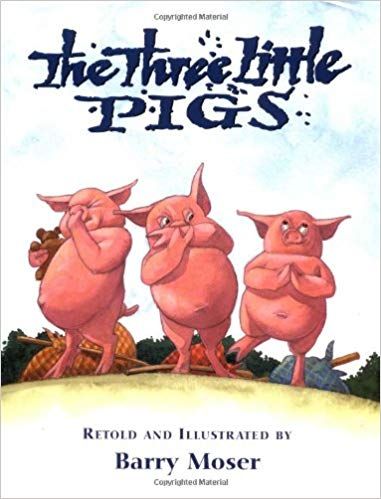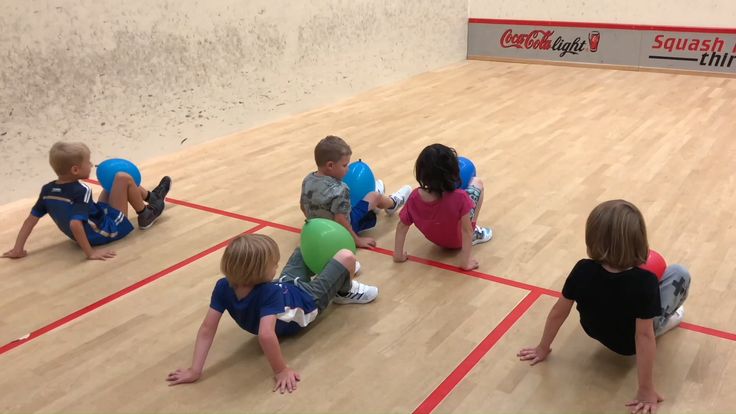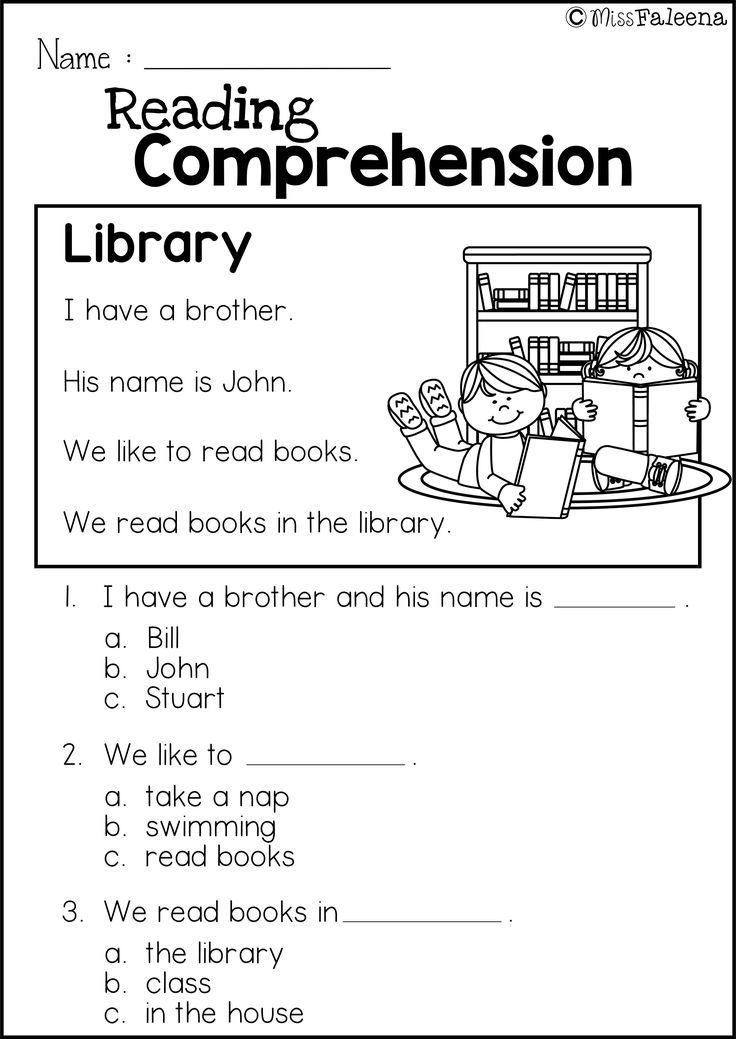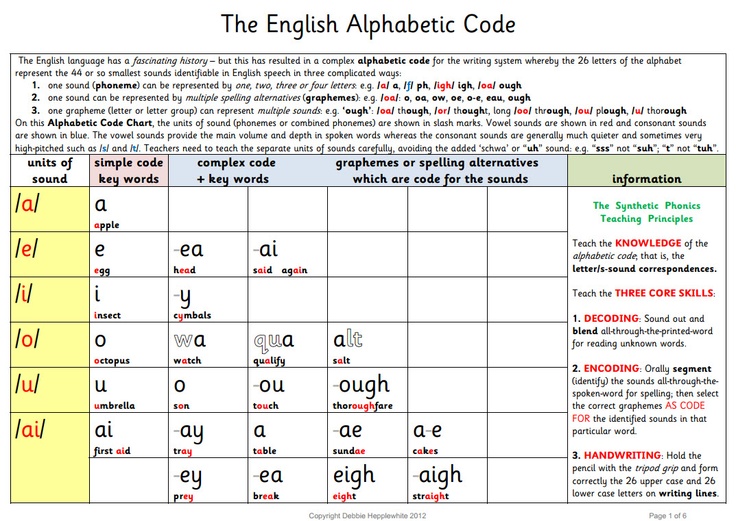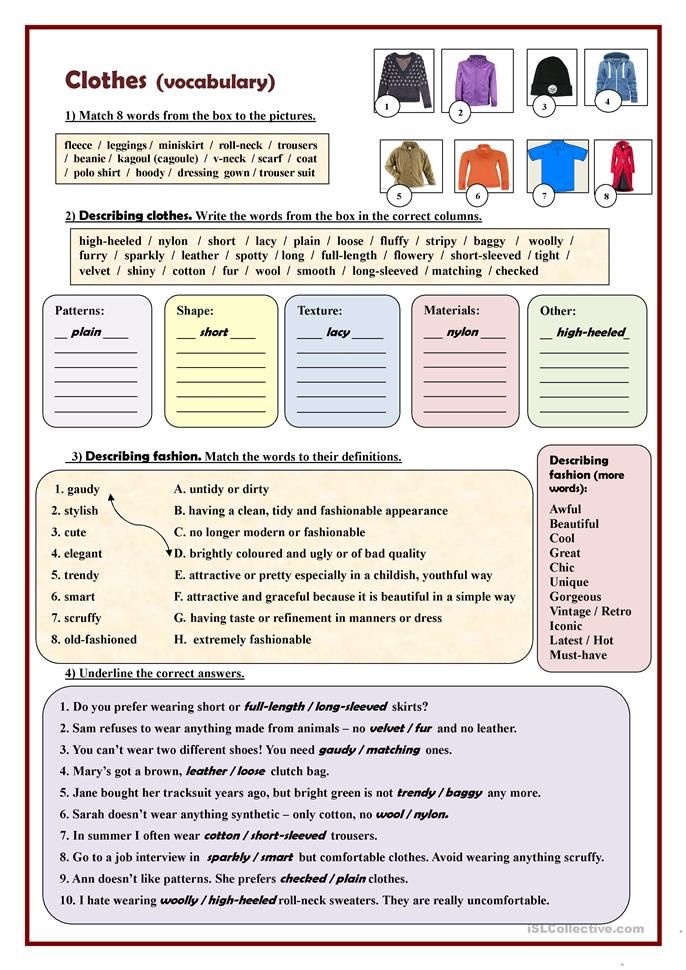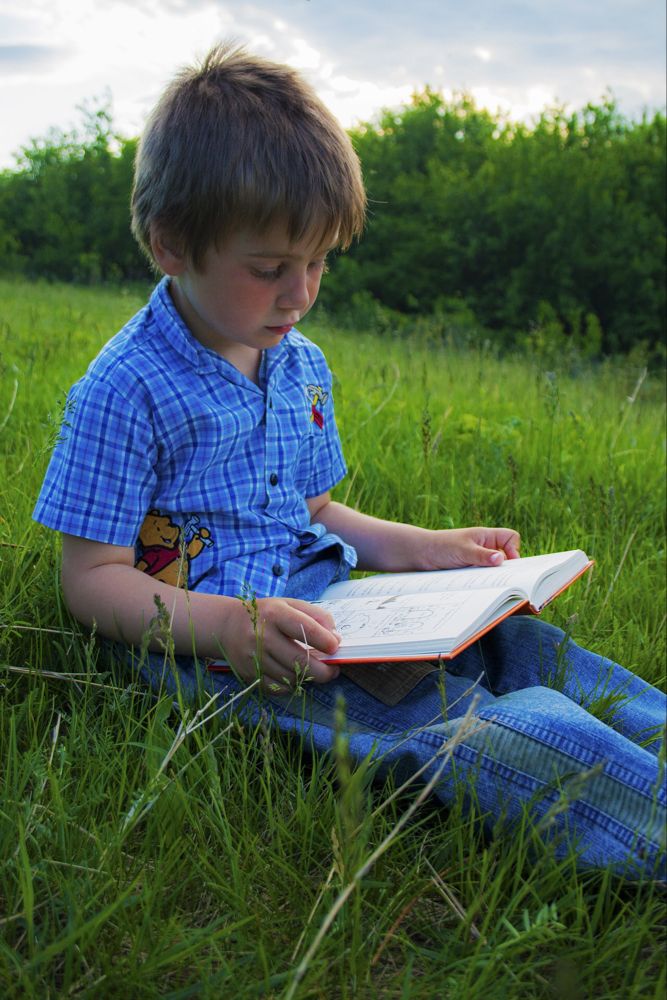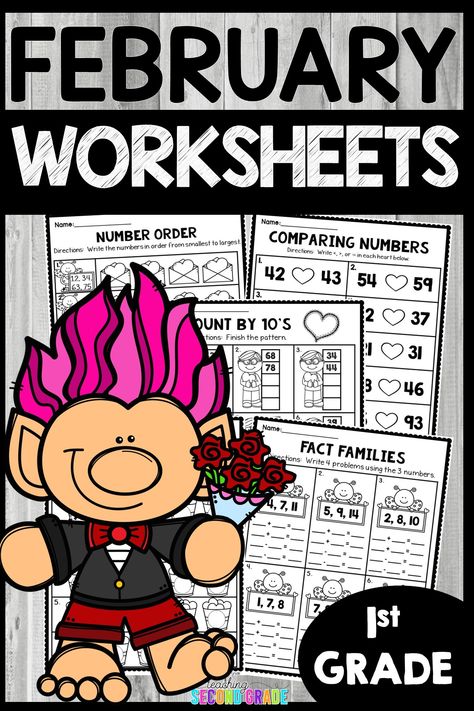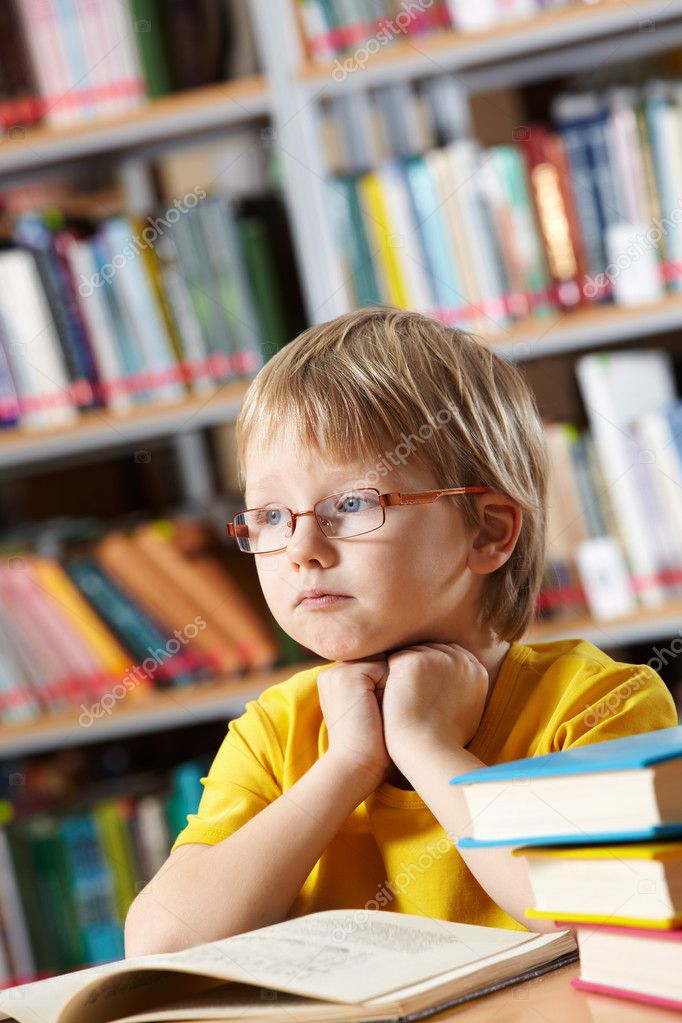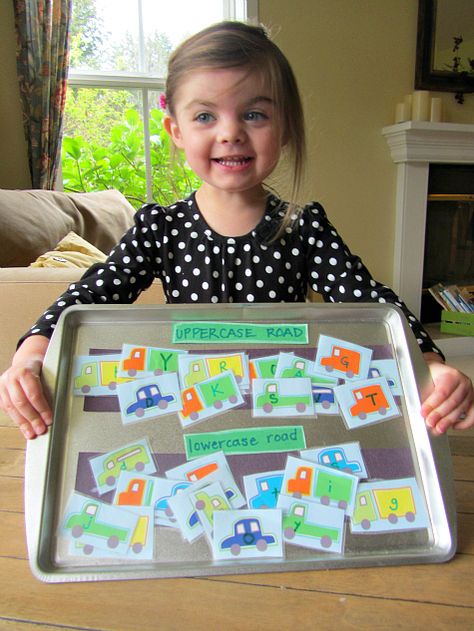Activities to teach alphabet
26 Easy, Fun Alphabet Activities That Give Kids the Practice They Need
Alphabet activities make learning your ABCs more fun. There are so many ways to practice your ABCs, you might be able to do one alphabet activity a day for a year without repeating. We’ve gathered over 25 super fun alphabet activities so kids can play and learn every day.
1. Write letters on dried beans
Large dried white beans are inexpensive to purchase and easy to write on. Grab a sharpie and write all the upper and lower case letters on them. Then put each set in a pile (or baggie) and ask your kids to match them.
ADVERTISEMENT
2. Letter sort with sticky notes
Write individual letters on sticky notes and then place them all over your house or just on every stair in a staircase. This practice game has a lot of variations—all tied to sorting. Ask kids to sort by:
- lowercase
- uppercase
- letters in their name
- straight lines (H)
- curved lines (c)
- both curved and straight lines (B)
- consonants
- vowels
For even more practice: have them sort their finds into ABC order, match lowercase letters to uppercase letters, and then, find a way to sort them that’s new.
3. Write letters in shaving cream
Squirt shaving cream on a table and let your kids write letters in the cream. Smoothe it out to erase and start again. Bonus: their hands and your table will be cleaner than ever!
Source: Rose and Rex
4. Bend letters with pipe cleaners
Pipe cleaners have always been a trusted source of good fine motor practice as well as a fun craft resource. Now use them to have kids create uppercase and lower case letters.
Learn more: make and takes
5. Make sensory ABC bags
This one is great because you can change up what you put in here and even move to sight words. You’ll need a gallon bag with a ziplock top. Add letters written on pieces of paper, magnetic letters, scrabble tiles, or anything else you can think of with letters. Then fill the bag with rice or oatmeal and seal it. Kids dig through the rice through the bag to find the letters. When they find them, they write down the letter they find until they locate all 26 letters of the alphabet.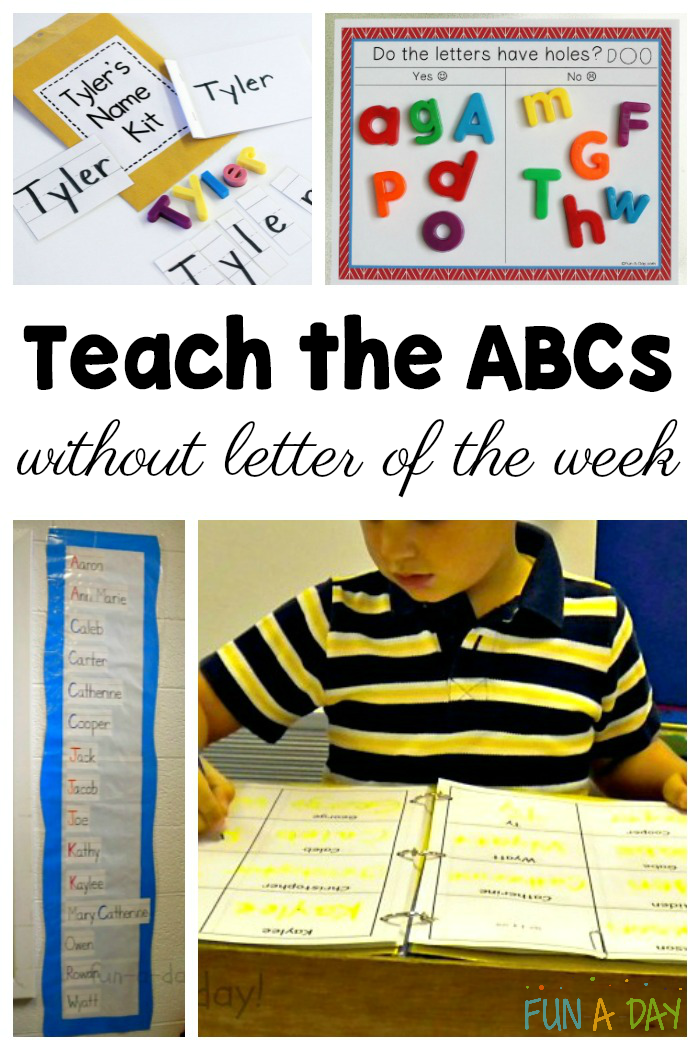
For more sensory ideas: Little Bins Little Hands
6. Find invisible letters with watercolors
This is a classic. Using a white crayon, draw letters on a piece of white paper. Give your kids watercolor, let them paint the paper, and watch the letters appear.
Learn more: Gift of Curiosity
7. Play musical alphabet
Set up letters in a big circle on the floor. You can use magnetic letters or just write them on index cards. Put music on and have your child walk around the circle to the music. When the music goes off, your child tells you the closest letter. Expand on it: ask your child to name three things (colors, animals, etc) that start with that letter.
8. Sponge the alphabet
Cut sponges into letters and use them for sponge painting letters or playing in the tub.
Learn more: Learning 4 Kids
9. Put together name puzzles
Write the upper and lower case letters in a name and then cut them apart in a simple zigzag.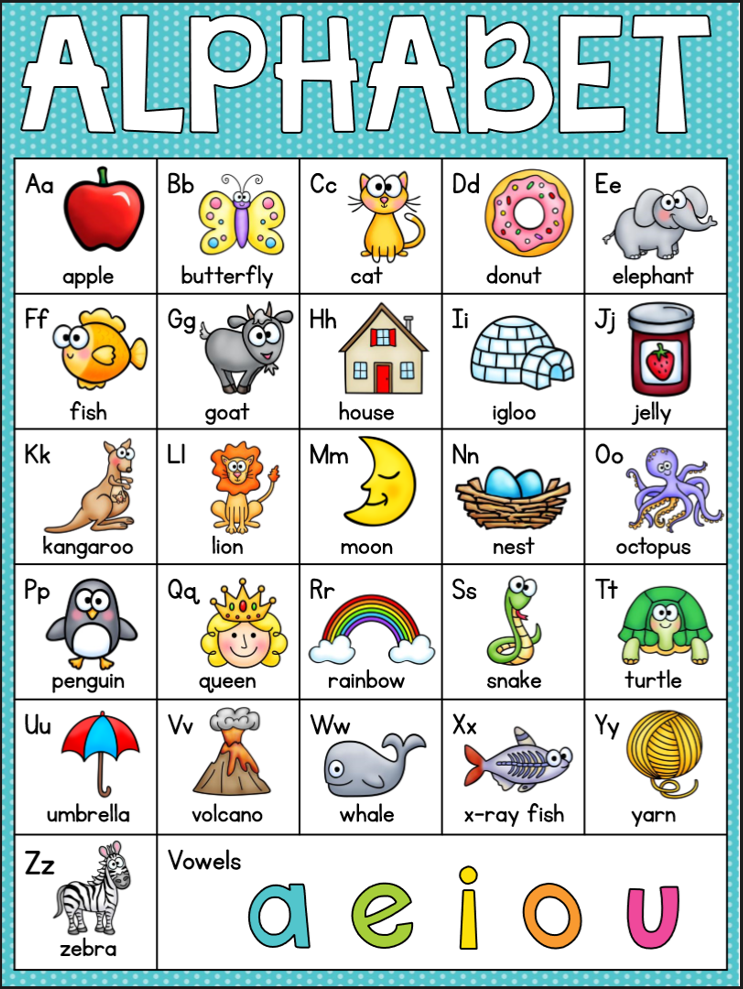 Mix up the letters and ask a child to match them up and put them in the right order.
Mix up the letters and ask a child to match them up and put them in the right order.
10. Make letters from nature
Find the alphabet right outside. Choose natural objects that already look like letters, or arrange them to look like them.
To learn more: Right Brained Mom
11. Eat your ABCs
We know from Alphabet Soup that eating your ABCs is plain old fun. So think of all the ways you can practice the alphabet at mealtime. Pancakes can be made into letters, jello can be cut into letters, and noodles can be used to make letters (just to name a few).
Learn more: Parent Map
12. Go on an alphabet scavenger hunt
The fun part about this for grown-ups is that there is no prep. Tell kids to go find objects that start with each letter of the alphabet. To make this game take longer, designate spots for them to bring each item back—one at a time. Every item must be approved before they can move on to the next. This allows for fewer meltdowns at the end when an item is deemed inaccurate.
13. Make your own ABC book
Personalizing the ABCs helps kids process and retain their learning. One of our favorite alphabet activities starts by creating a book out of 26 pieces of paper and staples or hole punches and a ribbon. Have kids write an uppercase and lowercase letter on each page. Finally, have them draw or cut out pictures of things that start with each letter. Voila!
Learn more: Teach Mama
14. Create ABC popup books
Use the following tutorial video to learn how to make different kinds of pop up pages. Then, create a page per week for 26 weeks for each letter. At the end, use a glue stick to glue them all together to make an ABC popup book!
15. Stamp letters in playdough
Roll out playdough and push letter stamps right into the dough. This is both tactile and great for practicing ABCs.
Learn more: I can teach my child
16. Make tactile letter cards
There’s lots of research (and experience) to support the value of using all the senses to learn.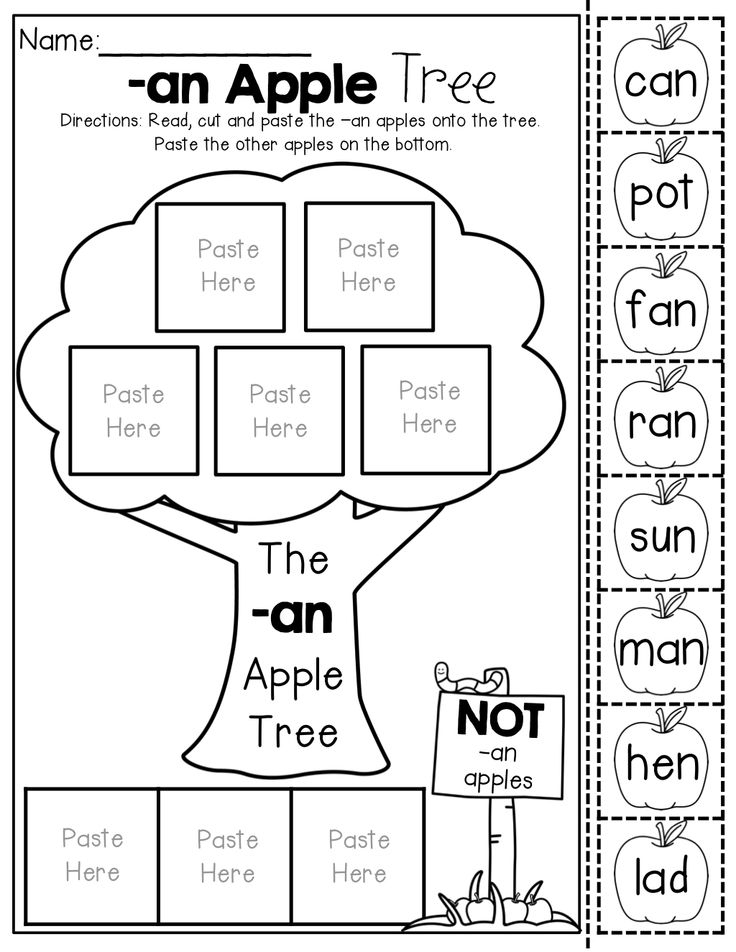 Making these tactile alphabet cards will be fun and have lasting benefits.
Making these tactile alphabet cards will be fun and have lasting benefits.
Learn more: All About Learning
17. Trace letters in spices
This one combines touch, smell, and sight. It gives you an opportunity to talk about what we uses spices for as well. Put the bottle in front of a child and have them write the spice name in the spice to make things a bit more challenging.
Source: Frog in a Pocket
18. Study a letter of the week
Many PreK and Kindergarten classes do a letter of the week, and for good reason. Teachers all share that instant recognition of letters and practice writing them is so important for learning to read. Doing alphabet activities for one letter each week reinforces knowledge and recollection.
For weekly activities: Preschool Mom
19. Do the yoga alphabet
Show kids this video and take the time to learn each yoga pose. Connecting the mind and the body is great for learning.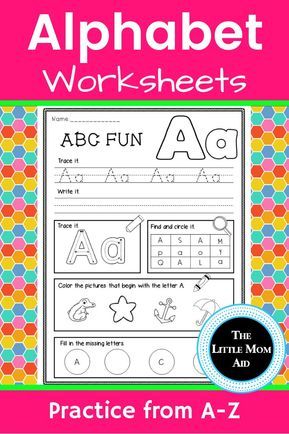
20. Sing songs about the alphabet
Everyone loves to sing the alphabet song, but did you know there are lots of other songs to sing that can help you remember the alphabet? Try out this Sesame Street favorite:
21. Draw pictures from letters
Using letters as a starting point, teach kids how to draw. If this is too difficult at first, just write a letter and then draw a picture around the letter.
Learn more: Felt Magnet
22. Highlight letters on a page
Print a page of text or grab your favorite magazine and a highlighter. Ask kids to highlight as many of one letter as they can find. This is also great for sight word recognition.
Here’s a freebie from The Inspired Apple to get you started.
23. Do-A-Dot letter tracing
These dot markers make tracing letters more fun and help kids with directionality and remembering how to write and recognize letters.
Free Dot tracing sheets: DTLK’s Educational Activities for Kids
24.
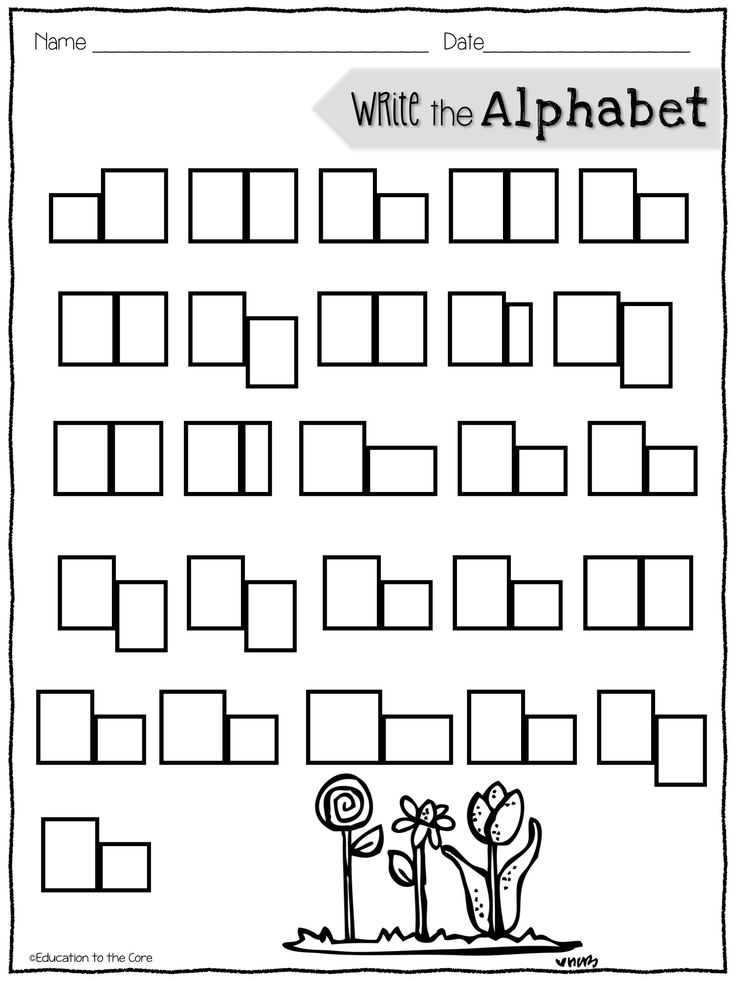 Play letter slap
Play letter slapMake 2 sets of index cards with all the letters on them (52 cards in all). Shuffle the cards together and deal them so each kid holds 26 cards. Together each player takes their top card and turns it upright. The player with the letter closest to A wins the hand and takes the card. If two of the same letter are played, the players slap the card. The one on the bottom of the slip wins the hand. The game ends when one player holds all the cards.
25. Match plastic Easter egg letters
Surely you have some plastic Easter eggs hanging around your attic. Use a Sharpie or letter stickers to put an uppercase letter on one half and a lowercase letter on the other. Then separate the two and throw them all in a basket. Kids pull them out and match them up. Tip: Add difficulty by not coordinating the colors.
Learn more: Crystal and Co.
26. Create loose part letters
What are loose parts? Loose parts are exactly what they sound like—a collection of loose materials or objects.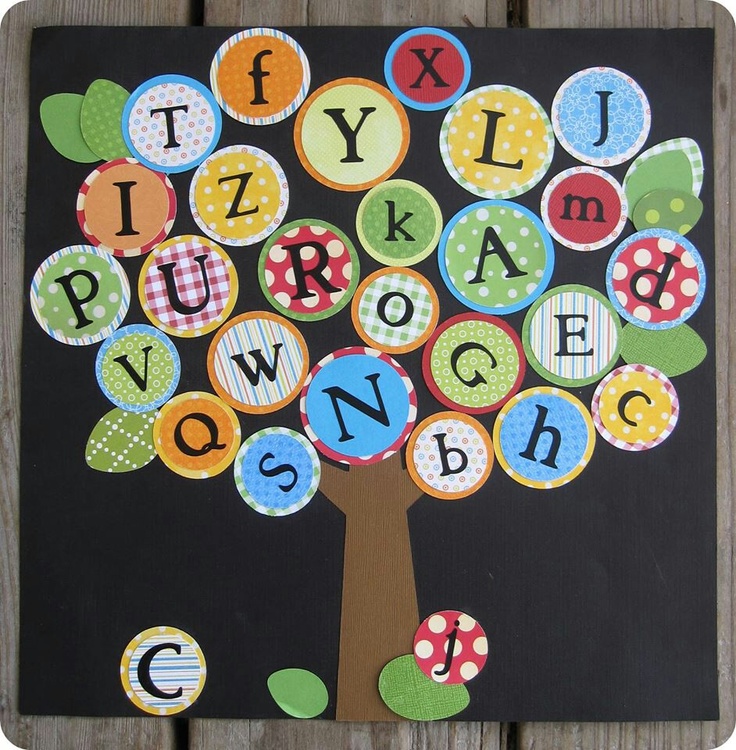 These can be small pebbles, bottle caps, random LEGO bricks, seeds, keys, anything. Draw big letters on a piece of paper and have kids line up loose parts to make the letter.
These can be small pebbles, bottle caps, random LEGO bricks, seeds, keys, anything. Draw big letters on a piece of paper and have kids line up loose parts to make the letter.
Recognizing letters is a fundamental part of learning how to read. Without it, children struggle to learn letter sounds and identify words. Beginning readers who know their alphabet have a much easier time learning to read. Making alphabet practice a part of every day in fun ways helps create a lifelong love for letters and words.
What games and activities do you like to use for practicing the alphabet?
Plus, our favorite activities using alphabet beads and the best alphabet books.
10 Active Activity Ideas to Learn the Alphabet
Literacy & ABCs
Move & LearnPreschoolersABCs
Letters
Resources6 Comments
SHARE POST
It doesn’t have to boring, repetitive, and all about worksheets in order to learn the alphabet.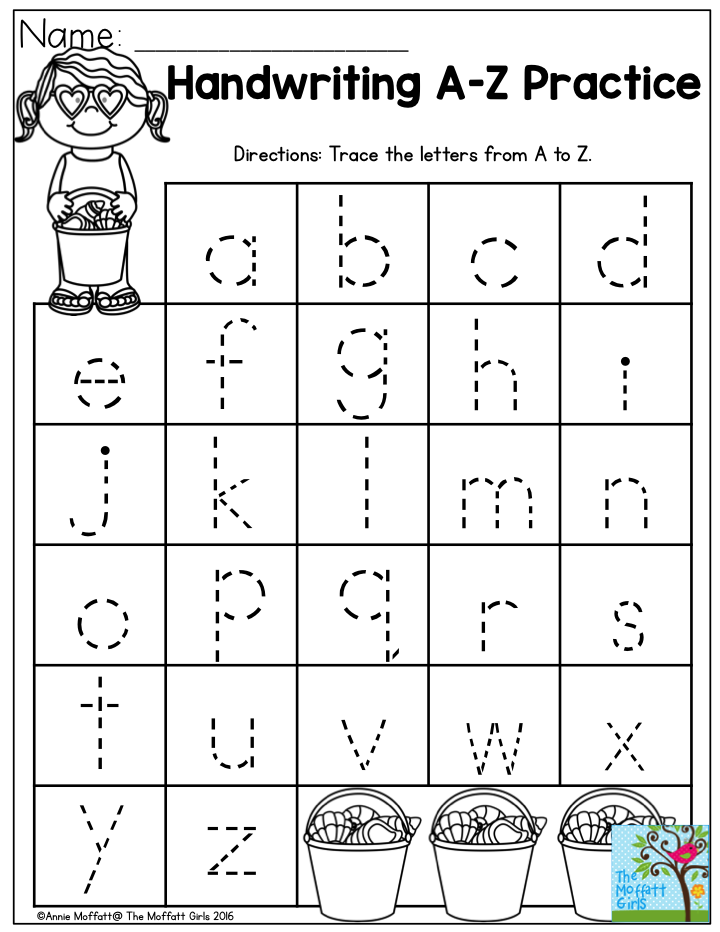
Older toddlers and preschoolers are soaking up all this information about letters and want to learn them! But they rarely want to sit and learn anything. So why not get them up and moving and learning the alphabet without even realizing that they are!
Active ways to learn are my favorite!
Download the Learn a Letter Week of Activities
1. Use the ABC Floor Mat
If you have one of those ABC floor mats, use it to learn! (If you don’t have a mat, here’s an affiliate link)
Make a game out of it, or just call our letters for them to find and put it in alphabetical order. I often put the outside part of the puzzle pieces together and call to George to find the letters to fill them in. It helps him recognize the letters and plus matching them up reinforces the letter names to what they look like.
Henry and I played this letter activity with the ABC mat and letter blocks too! It was a fun charades game with learning letters and counting!
2.
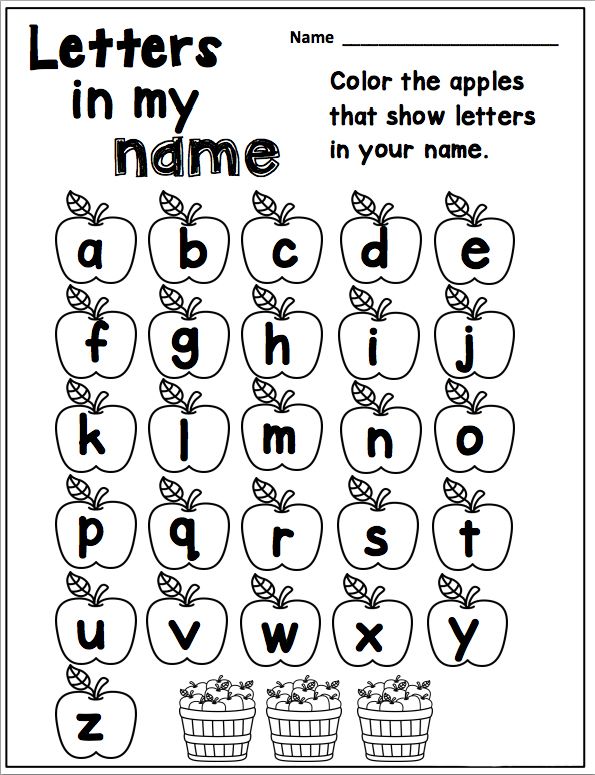 Add letters to blocks
Add letters to blocksJust playing with blocks, whether its wooden blocks, Legos, Mega Blocks, kids can use this technique to learn letters. I taped letters on the blocks!
I printed out letters that we were working on, several of each, and some that George didn’t know yet. Just playing with them gets kids recognizing the letters. Use the letters in conversation when building.
But you can take it a step further, click here to see how we added a little more learning to the process with an extra set of ‘letters’.
3. Make it a hunt
Making anything into a scavenger hunt is always fun for the kids.
Add a little letter learning to it by hiding letters around the house for them to find. Have a list of letters for them to find and check off.
Or make it on a big paper for them to come back and match the letters up to. Click here to see how we did our letter scavenger hunt.
This can also be done for numbers or shapes, anything that you have the objects for.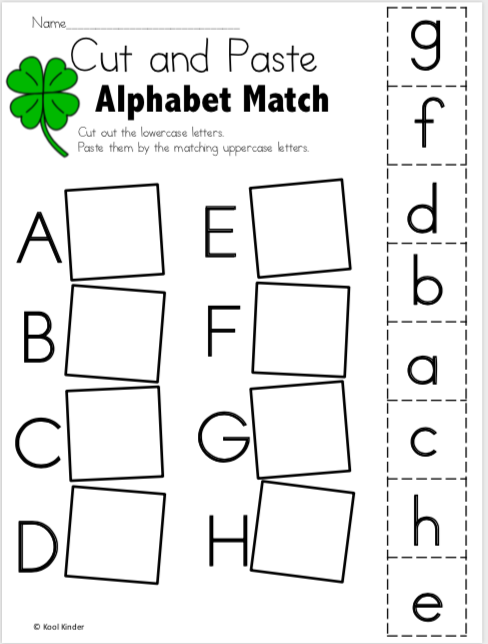
4. Create a maze of letters
Making mazes is actually quite easy with some painter’s tape on the floor. First start at the beginning and make turns back and forth to the finish. Then add in more turns that don’t go anywhere.
Add letters to the maze for the kids to follow through the maze to find their way to the finish.
We’ve done this maze with alphabetical order (A to B to C all the way to Z) as well as following a single letter all the way through the maze (B to B to B) and the wrong turns are wrong letters (D doesn’t come after A, uh-oh, go back and start again. Or, oops, that’s not a B, that’s a G).
5. Turn that into a string maze scavenger hunt
Put the two together, the maze and a scavenger hunt. My kids love ‘string’ scavenger hunts. Where I string up yarn around a room, or between a ‘hallway’ of dining room chairs.
Clip letters onto the string for them to ‘find’ on their way through the maze. We did it with lowercase letters matching to uppercase letters when they got through the maze.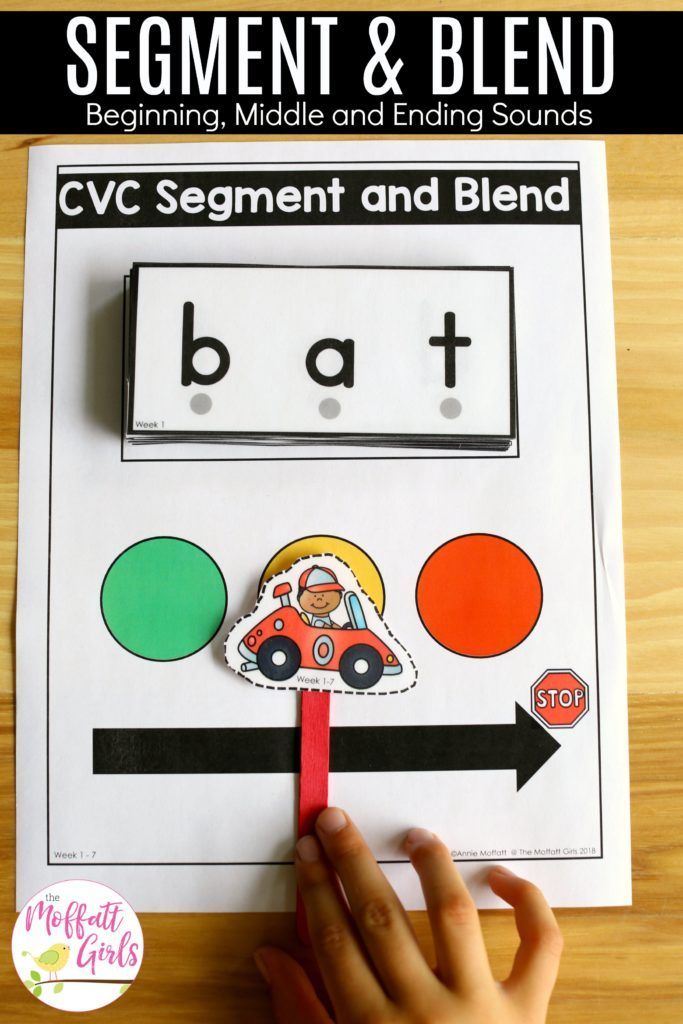 But just calling out the letters as they find them works too!
But just calling out the letters as they find them works too!
6. Big letter learning on the sidewalk
Sidewalk chalk is always a hit! Writing letters on the driveway is a fun way to learn them.
Write pairs of letters, either the same (uppercase or lowercase) or both, and have them match them up by drawing a line between the two. Its a great way for preschooler to recognize the letters.
Add to it by talking about what letters they’re connecting, or asking what letter they’re trying to find the match for. Using the names of the letters in conversation will reinforce what they’re learning.
We’ve done this by matching lowercase to uppercase letters, as well as with matching two uppercase letters.
7. Connect the dots, I mean letters
If a large sidewalk or driveway is not available, you can do the same letter learning indoors on a roll of art paper (or butcher paper).
Not only is this helping preschooler learn the alphabet, but its also working on their writing skills.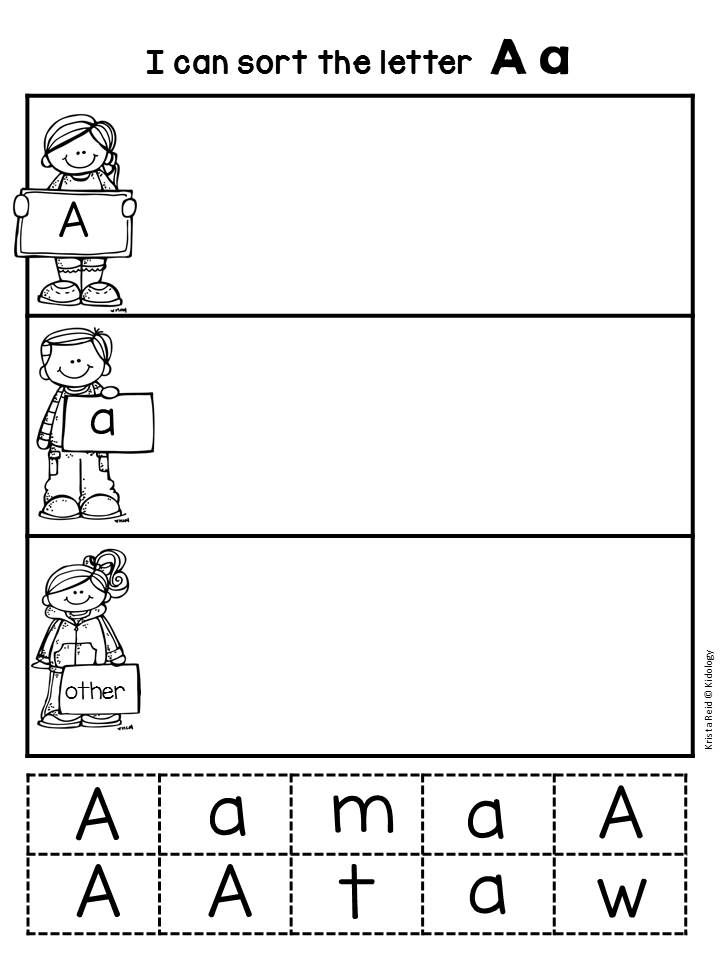 Holding the marker, or pencil, properly.
Holding the marker, or pencil, properly.
This can also be done by matching shapes or numbers (or work on counting by matching a number to a group of dots).
8. SWAT the letters!
What kid wouldn’t love swatting something? Give them a fly swatter and just watch.
Now add a large piece of paper with some letters on it and call out letters for them to swat. That’s it! How fun! Or turn it around and let them tell you what letters they swatted.
This activity can also be turned into other fun ways to learn, we’ve done letter swatting, but also sight word swatting!
9. Throw a ball
Grab one of the many balls that you probably have rolling around the house or garage. Take this outside.
Throw or roll the ball back and forth practicing letter sounds or beginning letters. Or just calling out letters! Just for fun.
I’ve seen this done with letters written on the ball too. Kids can then call out the letter they see on the ball when they catch it and pass it back.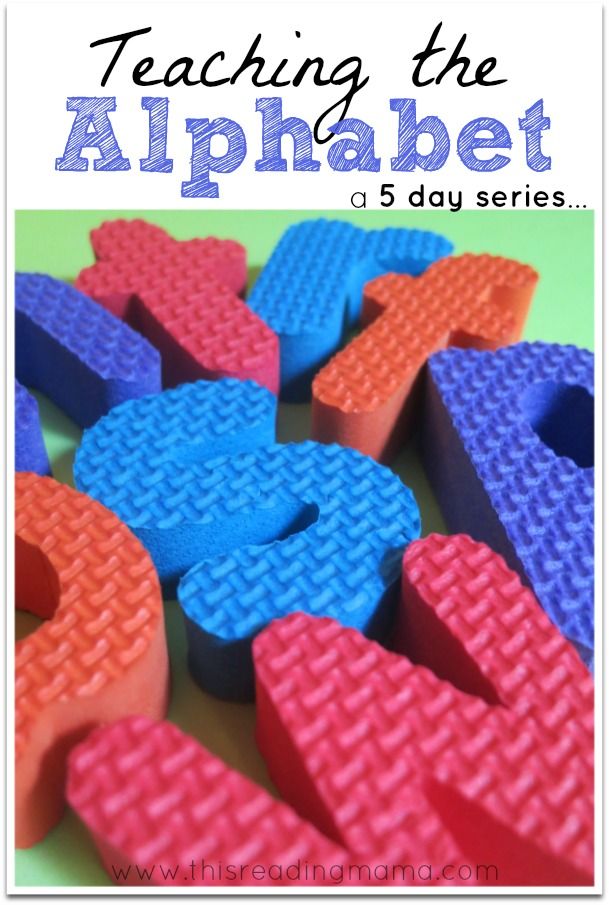
10. Make it a race
Use all those letter magnets that I’m sure you have (if you don’t, here’s an affiliate link) on the fridge to create a race!
Shout for them to run and grab the letter ‘B’ and race back to give it to you or put it in a basket. And repeat with another letter.
Great for recognition and fun because my kids love anything that’s a race! You can also advance this by using letter sounds or beginning letters (Run and grab the letter that BOX starts with).
More ways to learn the alphabet, active or not, it can still be fun:
- Make paper chain letters
- Magic letters
- Find the letter on the apple on PBS Parents
- 50 activities for preschoolers to learn their ABCs
That’s just the tip of some fun ways to get active while learning.
Many of our move and learn activities can be used to help preschooler learn the alphabet as well.
More move and learn ideas:
- Spider Web Tape Game from The Pleasantest Thing
- Around the House Passport Game with Math Facts at Coffee Cups & Crayons
- Halloween Movement Activities for Kids at Toddler Approved
- See all our Move & Learn Activities
Download the Move & Learn Week of Activities
SHARE POST
How to teach a child the alphabet.
 Interesting techniques and tips
Interesting techniques and tips How to teach a child the alphabet as early as possible? How to get a child interested in learning? What teaching aids are better: primers, alphabet, cards with letters, games? What if the child does not want to learn letters? And many other questions about teaching a child the letters of the Russian alphabet were told by the teacher of the children's development center. Parents are looking for newfangled methods, trying to figure out how to teach their child letters successfully and quickly, however, this does not always lead to the expected effect. In order for the process of teaching children the alphabet to go smoothly, you need to take into account the following points related to their psychology and physiology - the age at which it is better to start learning and the characteristics of children's thinking. When is it better to start learning the alphabet The physiology of young children is such that it is difficult for them to concentrate on one lesson for more than 10-15 minutes.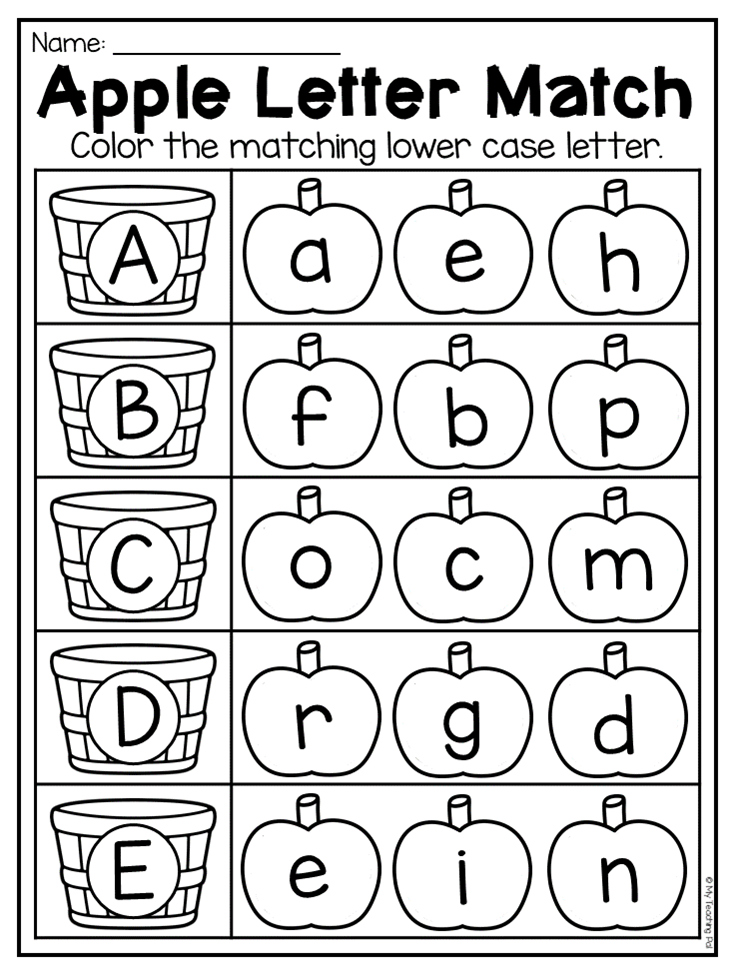 Therefore, at the age of 1-2 years, it makes no sense to engage in a targeted study of the alphabet, in the form in which it is necessary for further learning to read. Moreover, by trying to force the baby to remember the letters by force, you risk causing him a negative reaction to the process of learning the alphabet, thereby turning him away from further studies. Remember that it is impossible to force children to learn the alphabet, it is desirable to interest them in this, then they will react favorably to the classes.
Therefore, at the age of 1-2 years, it makes no sense to engage in a targeted study of the alphabet, in the form in which it is necessary for further learning to read. Moreover, by trying to force the baby to remember the letters by force, you risk causing him a negative reaction to the process of learning the alphabet, thereby turning him away from further studies. Remember that it is impossible to force children to learn the alphabet, it is desirable to interest them in this, then they will react favorably to the classes.
It is also important to understand that there are no clear age limits within which a child should start learning the alphabet. For some children, this will go away “with a bang” already at the age of 2 years, for others, even at 3 years old, memorizing the alphabet will be difficult. You can start learning letters if the child:
1) easily concentrates during developmental activities;
2) has a good visual memory;
3) loves to have books read to him, likes to look at them on his own.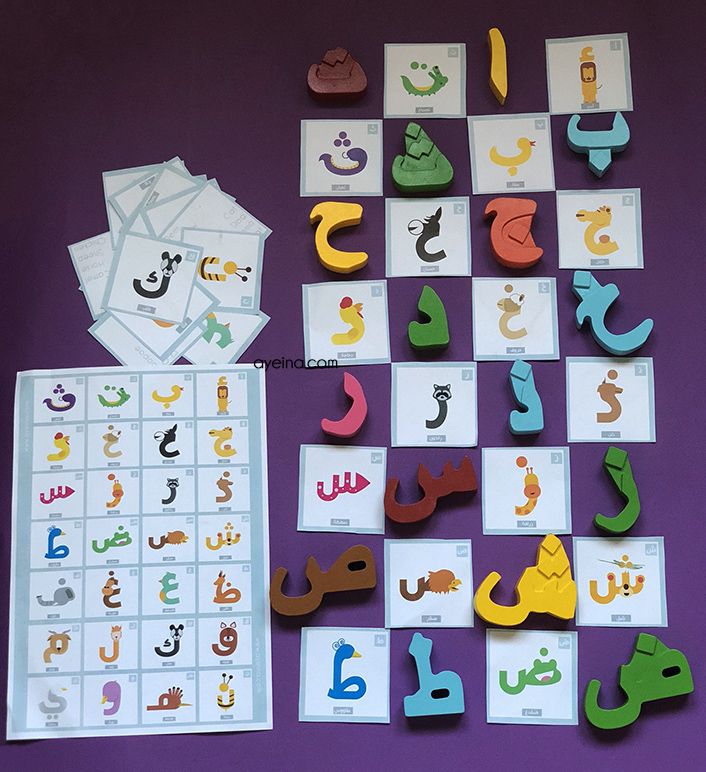 Start learning letters with your child, for starters, exclusively in a playful way. Benefits in the study of the alphabet Of course, the main assistants in this difficult but interesting business will be the primer and the alphabet.
Start learning letters with your child, for starters, exclusively in a playful way. Benefits in the study of the alphabet Of course, the main assistants in this difficult but interesting business will be the primer and the alphabet.
Exploring how these manuals differ.
1) A primer is a textbook that not only depicts letters, but also outlines methods for teaching reading, but also contains recommendations for parents on how to better learn the alphabet and conduct classes.
2) ABC is a series of manuals representing the letters of the alphabet in any variant. These can be cubes with images of letters, cards, lotto, stickers, various kinds of puzzles, sets of letters on magnets.
3) Standing apart in this series are poetic alphabets - when a letter, its sound or image is played out in poetic form. The most pleasant for the perception of young children are the poetic collections of S.Ya. Marshak and A. A. Usachev. Methods There are several popular methods on how to learn the letters of the Russian alphabet correctly, each of them has its own advantages and disadvantages.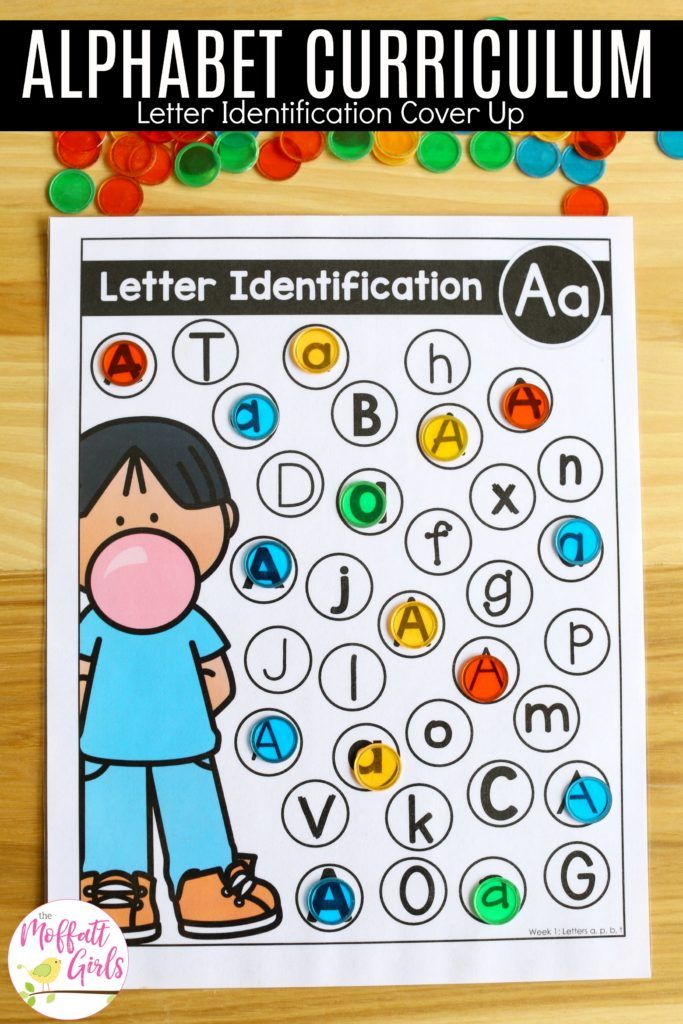 Let's look at them in more detail. The method of memorizing letters by images The essence of the method: One of the popular methods that many parents prefer is teaching the alphabet as follows: the child is invited to learn and remember a letter, fixing its perception with an image of an object that begins with this letter. Example: "A" in most cases suggests a watermelon drawn next to it, "D" - a house, "P" - a fish, and so on. This is not entirely correct, and here's why. Cons: Parents often complain that as a result, the child remembers not the pronunciation of a single letter, but the entire visual chain - that is, his “A” is a watermelon. And at
Let's look at them in more detail. The method of memorizing letters by images The essence of the method: One of the popular methods that many parents prefer is teaching the alphabet as follows: the child is invited to learn and remember a letter, fixing its perception with an image of an object that begins with this letter. Example: "A" in most cases suggests a watermelon drawn next to it, "D" - a house, "P" - a fish, and so on. This is not entirely correct, and here's why. Cons: Parents often complain that as a result, the child remembers not the pronunciation of a single letter, but the entire visual chain - that is, his “A” is a watermelon. And at
Further, when asked to show “A”, the child points to a watermelon, and when you ask him what letter it is, he answers - “watermelon”. Tip: Therefore, professional educators recommend using such alphabets or cards, only at the initial stage - at the age of 2-3 years, in order to interest children in learning the alphabet itself.
Bakhtina's interesting method Recently, the method of E.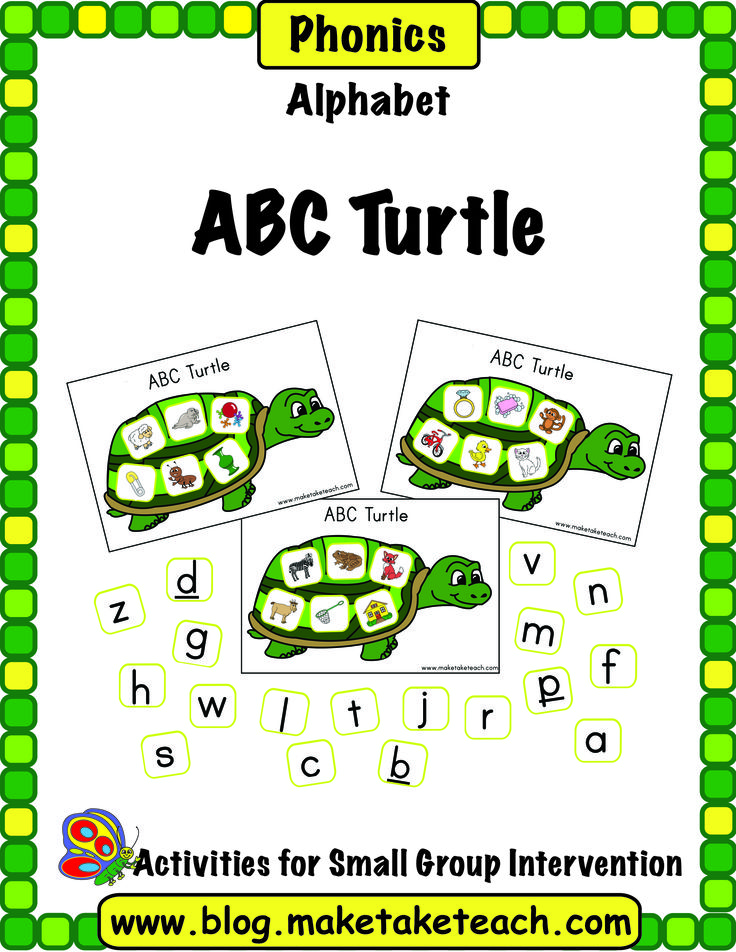 Bakhtina, a teacher and author of the primer of the same name, has become very popular in teaching children the alphabet and reading. The essence of the technique: E. Bakhtina suggests learning the alphabet in the following way: to assign to each letter its specific image, the association that the baby will have when he sees it. So, for example, “A” may be associated in a child with the sound that small children make when they still can’t speak. E. Bakhtina suggests taking advantage of the fact that the outlines of many letters can be supported by an analogy with images of objects already familiar to the baby. Example: A hippopotamus with a big belly, very similar to the image "B", "U" is very reminiscent of a snail carrying a house on its back, and "E" and "Yo" differ from each other in that "E" has "eyes" closed and they are not visible, but for "Yo" they are open.
Bakhtina, a teacher and author of the primer of the same name, has become very popular in teaching children the alphabet and reading. The essence of the technique: E. Bakhtina suggests learning the alphabet in the following way: to assign to each letter its specific image, the association that the baby will have when he sees it. So, for example, “A” may be associated in a child with the sound that small children make when they still can’t speak. E. Bakhtina suggests taking advantage of the fact that the outlines of many letters can be supported by an analogy with images of objects already familiar to the baby. Example: A hippopotamus with a big belly, very similar to the image "B", "U" is very reminiscent of a snail carrying a house on its back, and "E" and "Yo" differ from each other in that "E" has "eyes" closed and they are not visible, but for "Yo" they are open.
Disadvantages: It must be said that the study of letters using this method requires a sufficiently developed associative thinking, and this is not necessarily characteristic of every child.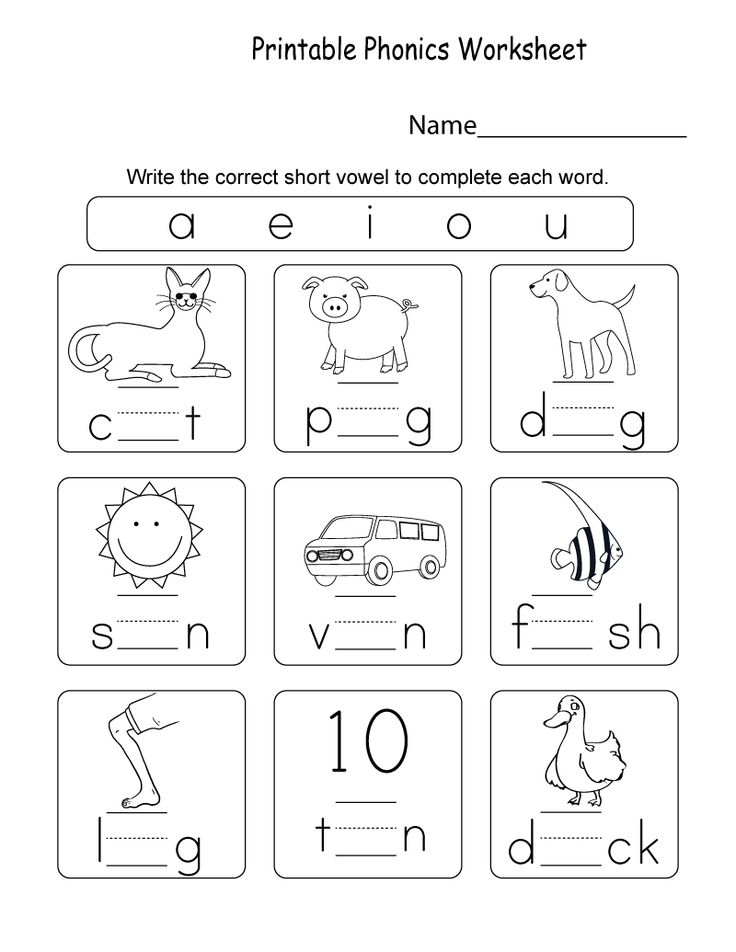 Pros: E. Bakhtina is popular, since the process of learning the alphabet is set out in it clearly and consistently, which allows it to be used not only by professional teachers, but also by parents on their own.
Pros: E. Bakhtina is popular, since the process of learning the alphabet is set out in it clearly and consistently, which allows it to be used not only by professional teachers, but also by parents on their own.
Basic recommendations for learning letters according to the classical method In order to better understand how to teach a child letters, you can use the following recommendations:
1) Make cards with the image of all the letters of the alphabet, it is desirable that the cards show nothing more than the letter itself, while it should be bright and colorful, on a light background. Attach cards as you study over the child's work table, or on the wall of his playroom, thus training his visual memory.
2) It will be easier to learn the simplest vowels "A", "O", "U", "I" at the initial stage, so start learning with them. Pronounce them correctly, as if "singing". In the future, this will greatly help when you teach the child to compose syllables.
3) It is necessary to teach the child not to pronounce the name of the letter - “EM”, “ES”, “ZHE”, but its pronunciation, the sound “MMMM”, “SS”, “LJ”.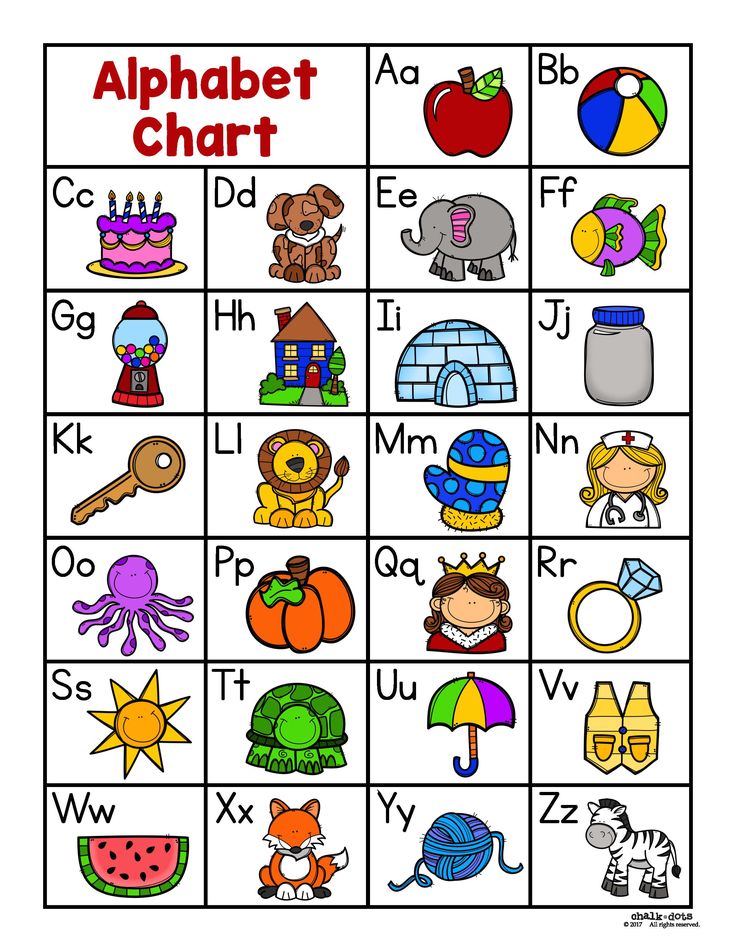
4) Start studying consonants with "B", "P", "M", "N", "T", "G", "K". Pinching consonants "H", "Shch", "Shch" are best learned last, especially if their pronunciation causes difficulties for the baby.
5) Don't rush! If your child has trouble remembering certain letters, take a break. Come back to them after a while.
6) We study letters not only when you study at home, but also on the street, while walking. Invite the young student to recognize already familiar letters on signs, in store names. Learning letters with pleasure Classes for teaching young children something should be done with pleasure, in a friendly and relaxed atmosphere. Try to diversify the study of the alphabet by reading poetic alphabets, guessing riddles, memorizing rhymes and tongue twisters. Do not rush to teach the baby to write, for a start it is necessary that he successfully memorize all the letters, be able to call them quickly and without difficulty, and only after that you can begin to teach the child to write letters.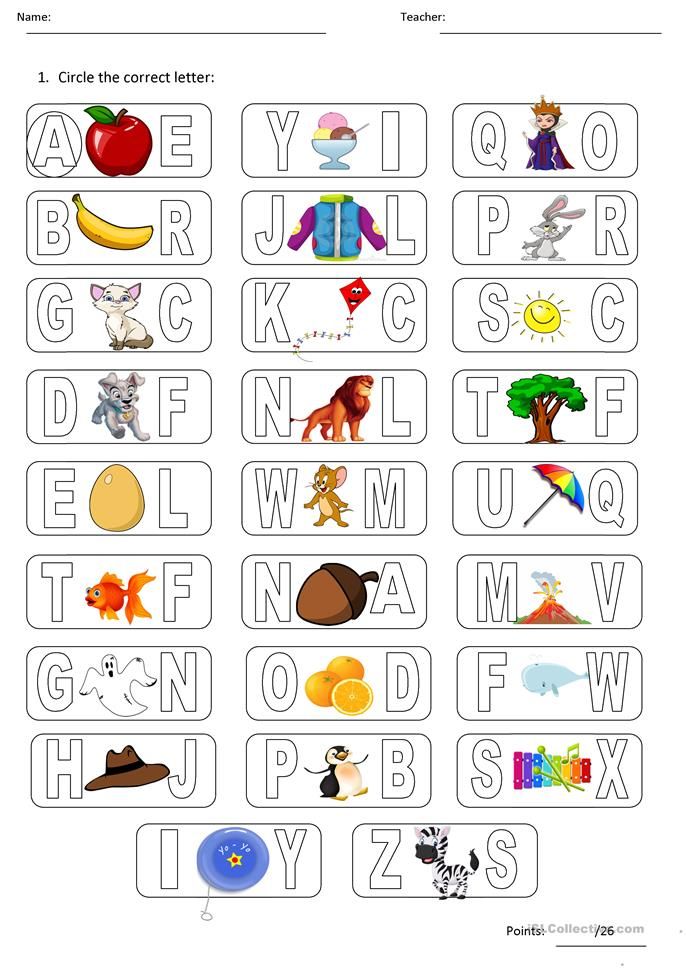 For a full and effective teaching of writing, you will need special aids - copybooks with letters.
For a full and effective teaching of writing, you will need special aids - copybooks with letters.
Extra-curricular activity "Thank you, ABC, to you!". 1st grade
Relevance:
Unfortunately, today's children are less and less there is a desire to read. Involve the younger ones schoolchildren to the artistic word, to teach distinguish between available to them, useful, interesting books, form their readership horizons and gradually make them real extracurricular lessons will help readers reading, as well as extracurricular activities.
Extra-curricular activity on the theme "Thank you, ABC for you! designed for 1st grade students elementary school.
This development of an extracurricular activity will allow children in a playful way to remember the sounds and letters of the Russian alphabet, and also try themselves in theatrical activities, trying on themselves images of heroes, read works on literacy lessons. Scripted production help children to liberate themselves, to teach work in a group, consciously with responsibility take action, and reinforce knowledge of the alphabet.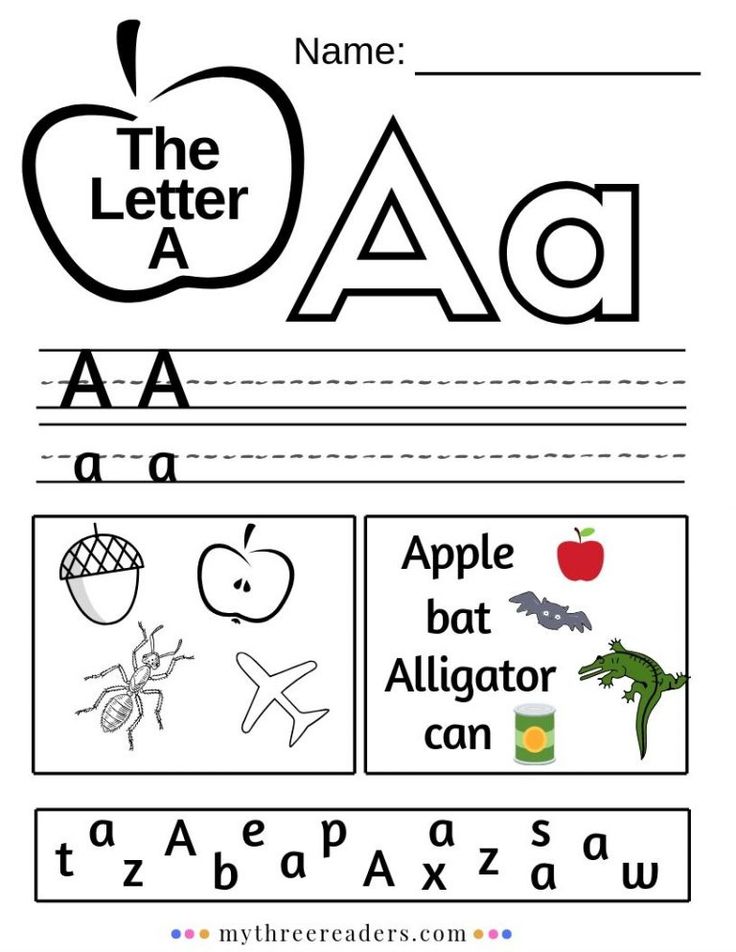
The purpose of the event: to summarize knowledge students about the sounds and letters of the Russian alphabet.
Tasks:
- To form in students the desire for active intellectual activity and literary works.
- Develop children's creativity, interest and curiosity.
- Encourage parents and children to be interested in collaboration, respect to each other, the joy of joint creativity deeds, respect for the individual and the ability to work in team.
Target audience: students of the 1st grade, parents.
Equipment:
- M/m presentation.
- Video.
- Exhibition of creative works of students (drawings, crafts, pen test, wall newspapers).
Venue.
Assembly hall.
Targets:
- development of cognitive interests of schoolchildren;
- consolidation of knowledge and skills acquired at school in the process of teaching literacy;
- development of attention, thinking, memory and quick wits.
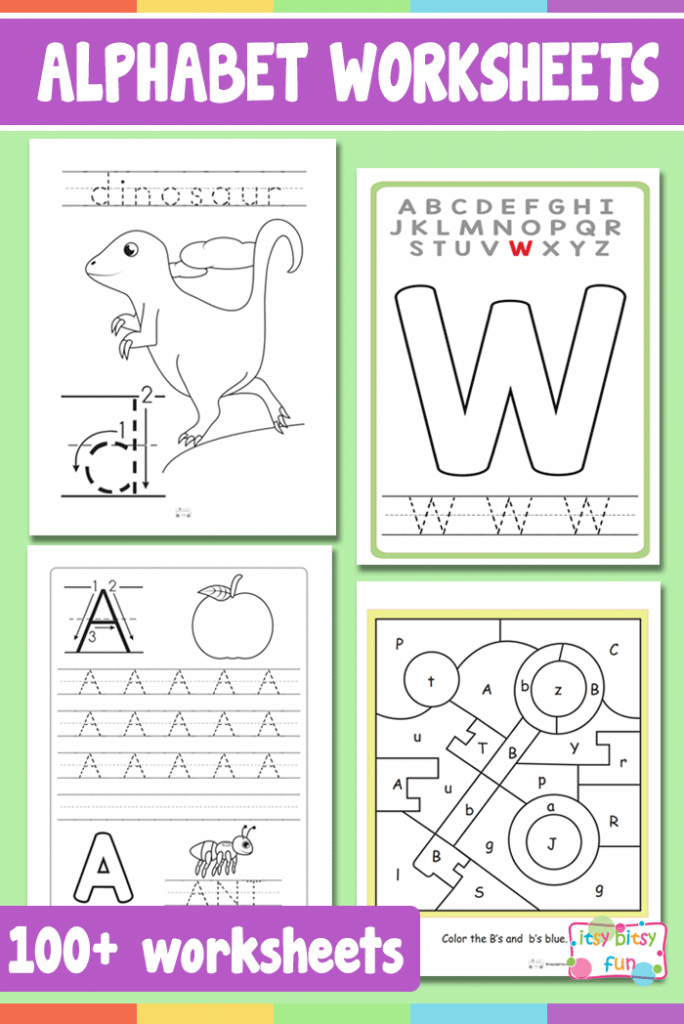
PROGRESS OF THE EVENT.
Slide #1. "Thank you, ABC, to you!", the music "What they teach at school" sounds.
Slide №2 School photo.
Dear guys! Most recently, on September 1, you crossed the threshold of this school and became students. During this time you have learned to read well, count, write. And our smart one taught you this, interesting, entertaining alphabet.
Slide № 3 – Cover of the book “ABC”.
– Today is the day when we must say goodbye to her.
Student:
We welcome guests,
Parents, teachers.
All acquaintances, strangers,
Both serious and cheerful.
Chorus: First class, first class
Invited you to the party!
Slide #4. (photo - September 1)
1. I entered school in the fall, in the first "a"
I am considered a schoolboy from the first day.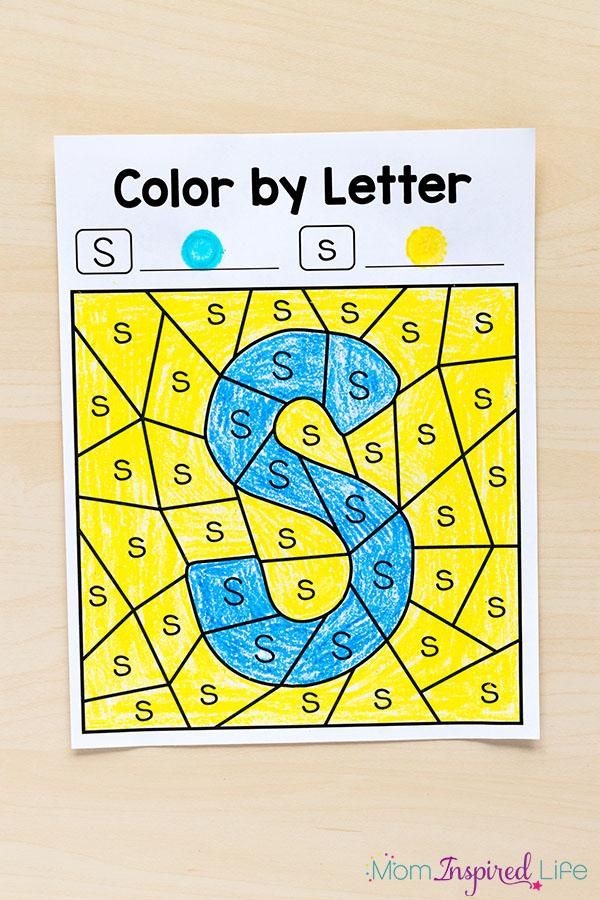
2. Exactly, exactly at eight in the morning, every time
A lot of schoolchildren enter the first grade.
Exactly thirty schoolchildren, friendly family.
Everyone walks in pairs - I am in the first pair.
3. We remember that cheerful bell,
That rang for the first time,
When they came to school with flowers,
In their best first class.
4. How the teacher met at the door -
Our faithful friend for many days
And a big noisy family
New girlfriends and friends.
5. Sitting down at the desk carefully,
So as not to wrinkle the school uniform,
We opened our alphabets,
Opened a blank notebook.
6. We walked along the pictures.
They walked along the steps, lines.
Oh, how much we have learned!
Oh, how much we have read!
7. March is standing outside the window,
The snow is no longer spinning,
And today we have to say goodbye to the alphabet
.
Guests have gathered today,
The letters are all from A to Z.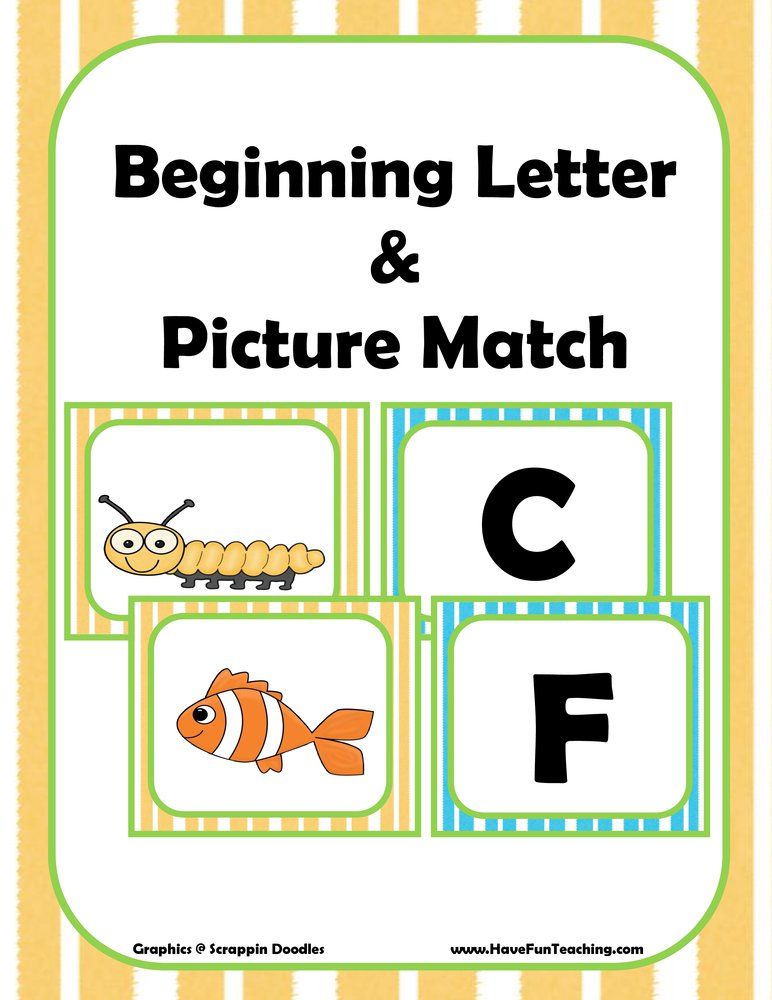
Today is a holiday in our school!
Alphabet Festival, friends!
Slide number 5 then science.
To those who want to know a lot, who want books read
About mountains and valleys, about water depths,
About rivers, stars and seas - you can’t do without the alphabet, friends!
Slide number 6. Scene "Letter A".
We lived in the alphabet letters.
We lived, did not grieve, because everyone was friends,
Where no one quarrels, there the matter is argued.
Only once did the whole thing become due to a terrible scandal:
The letter "I" did not stand in the line, the letter rebelled "I"!
I, - said the letter "I", - Main, capital!
I want me to be in the front everywhere!
I don't want to stand in a row. I want to be seen!
Presenter: Stand up!
Answer: I won't go!
I'm not just a letter to you, I'm a pronoun.
Compared to me, you are a misunderstanding!
Misunderstanding - no more, no less!
Presenter: Then the whole alphabet came to a terrible excitement.
Fu-you, well-you! - snorted "F",
blushed from resentment.
Shame! - angrily "C" said.
"B" yells: - I imagined! Anyone could do that!
Maybe I myself - an excuse!
Grumbled "P": - Try, talk with such special!
We need a special approach to it, - L suddenly mumbled.
And the angry Kommersant silently showed his fist.
Presenter: Ti-and-she, letters! Shame on the signs!
The vowels shouted: The only thing missing was a fight!
And also consonants!
We must figure it out first, and then fight!
We are a literate people! The letter "I" itself will understand:
Is there a conceivable thing everywhere I poke forward?
After all, no one in such a letter will understand neither be nor me!
Presenter: I stamped my feet:
I don't want to hang out with you! I will do everything myself! Enough of my mind!
Presenter: The letters looked at each other, everyone - Literally - they smiled,
And the friendly choir answered: - Well, let's go to the argument:
If you can write at least a line alone,
The truth, therefore, is yours!
So that I may not be able to, I'm not someone, but "I"!
Presenter: .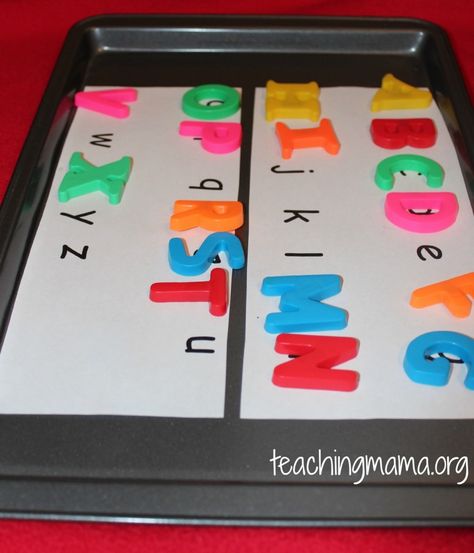 .. The letter "I" got down to business: A whole hour she puffed and groaned,
.. The letter "I" got down to business: A whole hour she puffed and groaned,
And she was sweating - she only managed to write “….yyyyyyyy”!
How the letter “X” will fill up: – Ha-ha-ha-ha-ha-ha-ha!
"Oh" rolled with laughter!
"A" grabbed his head.
"B" clutched his stomach...
The letter "I" was fastened at first, and then howling:
Guys, it's my fault! I confess my guilt!
I agree to stand up, guys, even behind the letter "U"!
Well, - decided the whole alphabet, -
If he wants, let him stand!
It's not in the right place at all. The point is that we all - together!
That everyone - from A to Z - live like one family!
Presenter: The letter "I" has always been everything and everyone is sweet.
But we advise, friends, to remember the place of the letter "I"!
Slide #7. Parade from "A" to "Z".
Come on, letters, stand in a row:
Letters stand sedately in a row,
All are important in honor,
And each one confidently stands in place.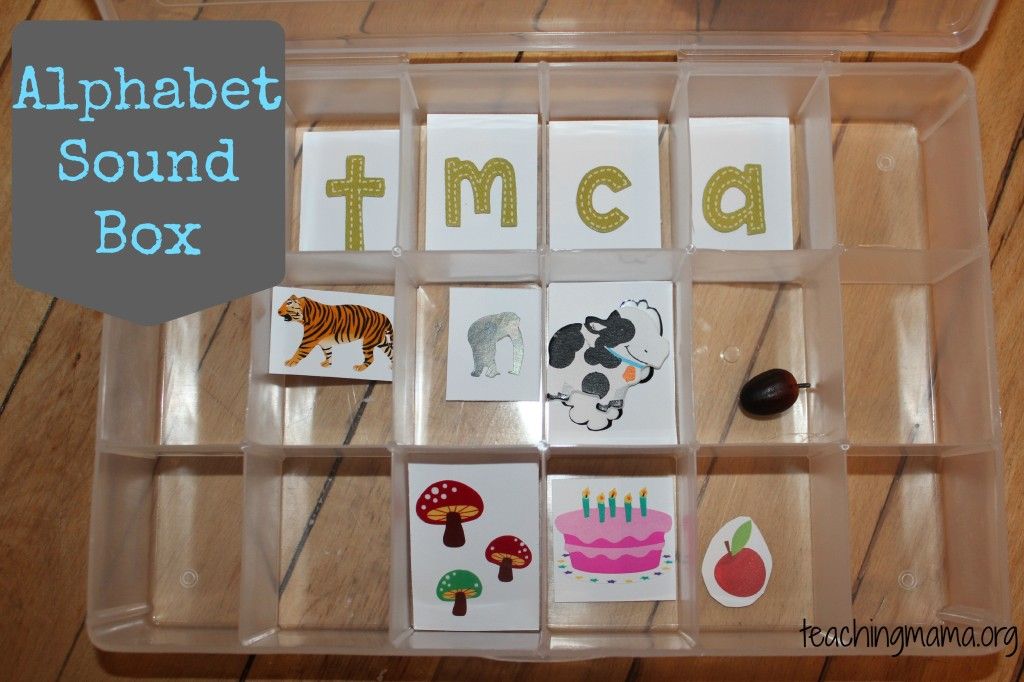
Like trees in an alley
They stand in a row, look!
Let's tell the alphabet now,
Let's repeat all 33!
The letter A tastes sweet,
Like sugar watermelon.
The letter E is in the word "spruce",
A snowstorm sweeps the spruce.
The letter Yo is in the word "hedgehog"
You can easily find it.
Letter I
I - toys,
I - game.
Likes children's games.
The letter O
O - looks like a ring,
Like wool on a lamb.
The letter U.
The cow will moo: “Moo!”
Do you recognize the letter U?
The letter Y is in the word "bull",
The bull is used to pinching grass!
Letter E.
This house is similar to yours -
It has one floor.
The letter Yu.
Yulia gallops like a top,
Though she is small!
The letter Y.
You repeat everything: “I, yes I!
I'm the smartest of all, friends!
Do not forget that the letter I -
The latest!
Well, vowels, stand in pairs!
(a-z, o-e, e-e, o-o, o-e)
Here are the letters for you.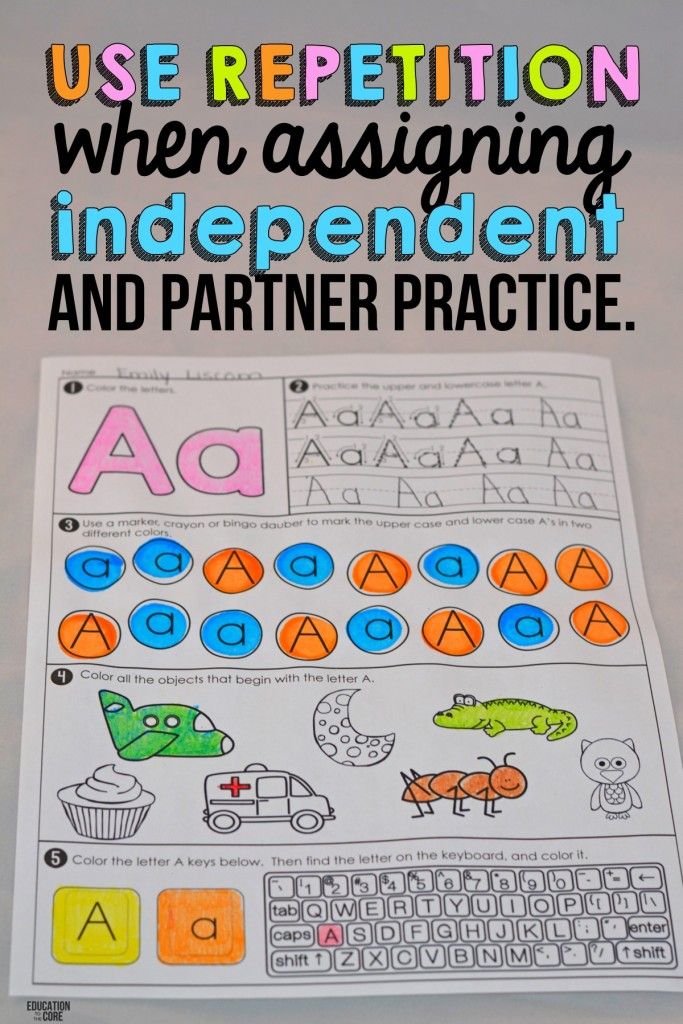 Guys try to compose word!
Guys try to compose word!
What doesn't work! And why?
Not enough consonants! Let's invite these letters.
(Consonants enter)
And consonants ... agree
Rustle, whisper, creak,
Even snort and hiss,
But they don't want to sing.
Letter Y.
Raspberry yogurt
Our favorite!
Letter L.
Summer, heavy rain, leaf fall,
I'm happy with any weather!
The letter M.
I learned the letter M early,
After all, it is in the word "mother"!
The letter N.
N - a cheerful New Year,
Soon he will come to visit us!
The letter R.
R - growls like a lynx,
Hey, beware of me!
The letter X.
The letter X is having fun:
Hee-hee-hee yes ha-ha-ha!
Letter Ts.
The letter C, as if a heron
Stands on one leg.
Letter C.
Cups, teapot, sweet tea,
What is the letter? Answer!
The letter Щ.
The letter Щ is in the word "shield".
He cracks on impact!
The letter B.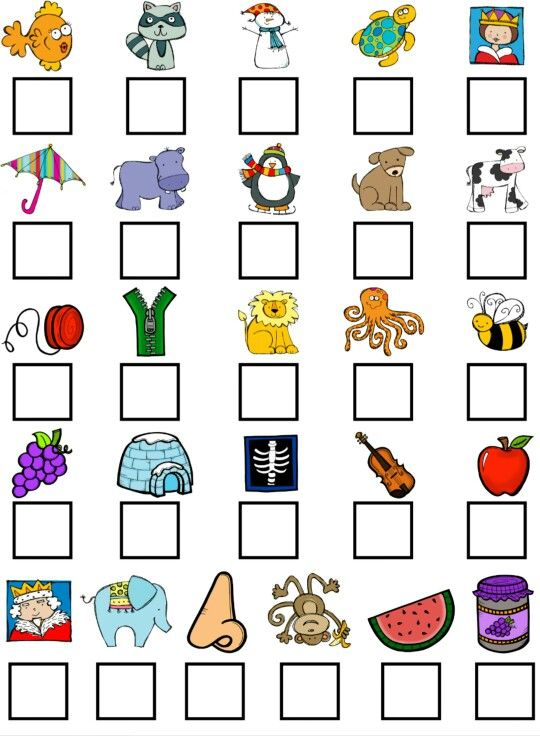
A white lamb across the field
On a dark night he wandered timidly.
He bleated: “I'm afraid! Be-e-e!
Do you recognize the letter B?
The letter B.
The letter B is in the word "ox",
I found it easily!
Letter G.
What kind of noise? What is thunder?
The letter G was brought to us by a dwarf.
He caught on a nail
And our poor guest fell!
Letter D.
Letter D, like a house,
I lived in a village like this.
Letter J.
Do you recognize a familiar sound?
The letter Zh buzzes like a beetle.
The letter Z.
Z rings like a bell,
Urges us to the lesson.
The letter K.
The letter K, like a doll
Nice little letter!
The letter P.
P - wonderful gifts
Brought in a bright package.
The letter C.
C - whistles like a whistle,
Run as fast as you can!
Letter T.
I took a thick notebook,
I will write the letter T.
Letter F.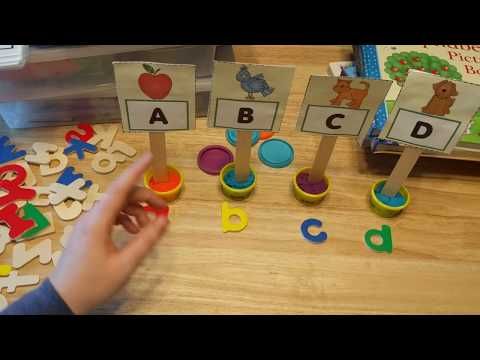
I found a violet in the forest -
It's a pity to pick a violet!
The letter Sh.
I rustle, as if the tire
There is me in the word and "machine".
And I'm pretty!
Did you recognize the letter Sh?
Consonants, find your pairs!
(pairs: b-p, v-f, g-k, d-t, g-s, f-w.)
Why aren't you in pairs?
Letters:
And we are only voiced!
We are only deaf!
("letters" leave, "b" "b" appears)
Why are you so sad?
B
letters b and b:
You forgot about us!
We will fix the error.
What can you tell about yourself?
Solid sign:
I am a very hard sign, and that's why I'm proud.
I share the letters in the word,
It's a pity, they lose me!
Soft sign:
I am a soft sign.
You will find me
And in the word "pouring"
And in the word "rain".
(Children stand in alphabetical order).
Slide number 8. (Alphabet)
This is the Russian alphabet.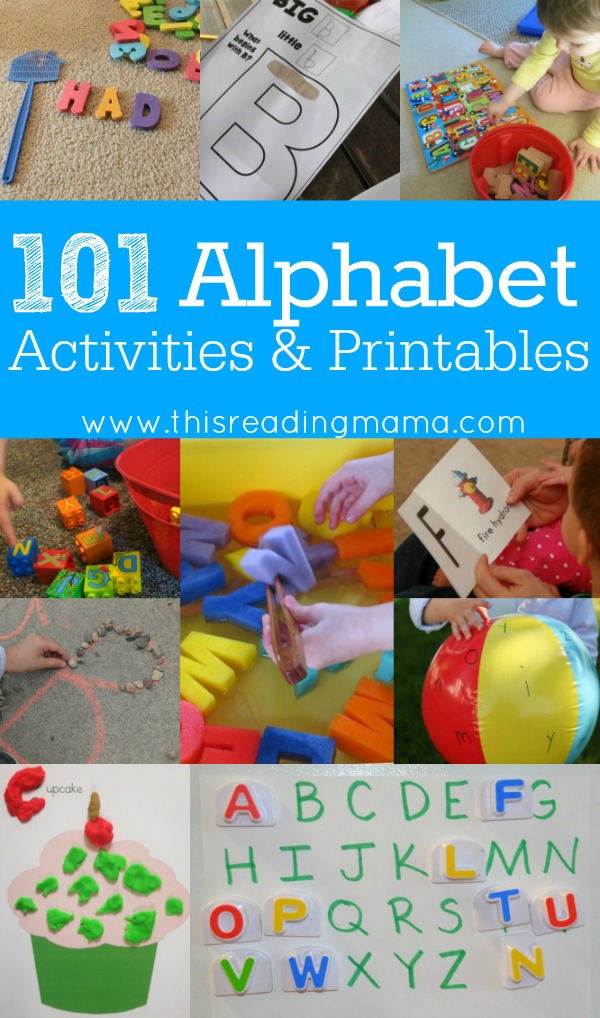 Letter by letter in a row costs.
Letter by letter in a row costs.
If it's not just that, let it be! Let's learn everything by heart!
We will know the alphabet - everything around will speak!
Slide number 9. Song "ABC". (Children perform the song "ABC")
Slide number 10. Let's play a game "Recognize the sound."
Find out the sound game.
- I will name the words, and you must determine what is the first sound - vowel or consonant, if vowel, then you say the word - red, if consonant, then if it is soft - the word is green, solid, respectively - the word - blue.
Words: school, orange, school desk, pencil case, skates, bicycle, sorrel, cloud, teacher, spring, hedgehog, notebook, clock, bouquet, needle, socks, twig.
- Well done! Let's go on a trip. Guess who will start the journey with us?
Walking to school with a book
Wooden boy.
Falls instead of school
In a wooden booth.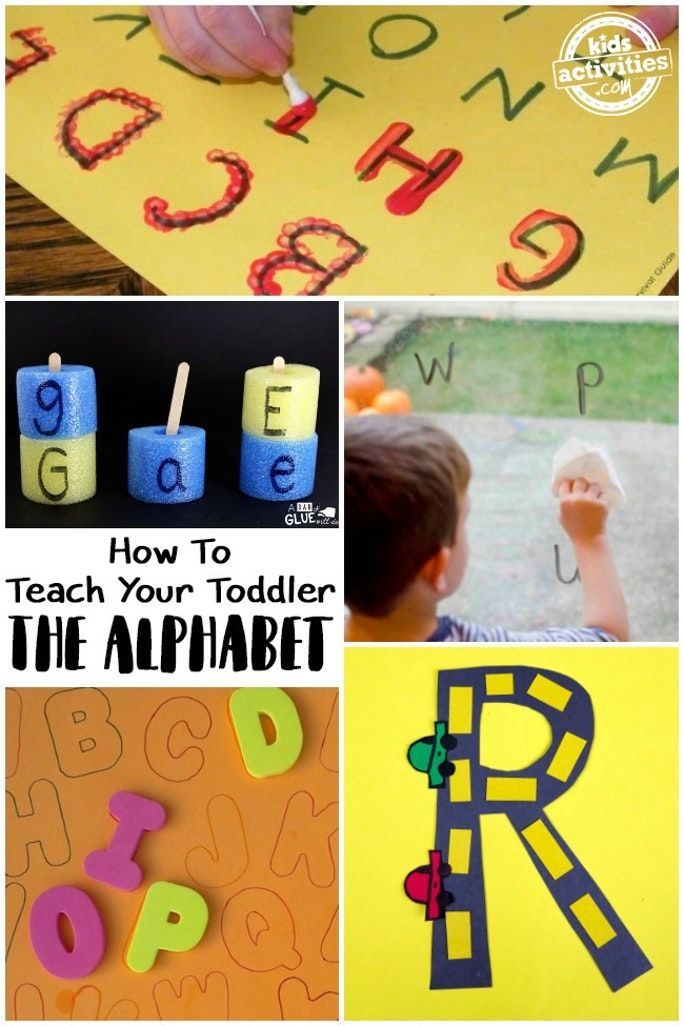
What is the name of this book?
What is the name of that boy?
Slide #11. Competition 1.
Guys, Pinocchio mixed up the names of fairy tales., let's help him and fix the names.
- Snow princess. (Snow Queen.)
- Yellow cap. (Little Red Riding Hood.)
- Ilya Tsarevich and the Gray Wolf. (Ivan Tsarevich and Gray wolf.)
- Boy and Carlson. (Kid and Carlson.)
- Sleeping grandmother. (Sleeping Beauty.)
- Three cucumbers (Three little pigs)
- Adventures of Znayka and his friends. (Adventure Dunno and his friends.)
- Ugly chicken. (Ugly duckling.) №
- The Tale of the Fisherman and the Fisherwoman. (The Tale of the Fisherman and fish.)
- Hunchback horse. (Humpbacked Horse.)
- Turnip. (Turnip.)
- Doctor Chukovsky (Doctor Aibolit)
Slide number 12.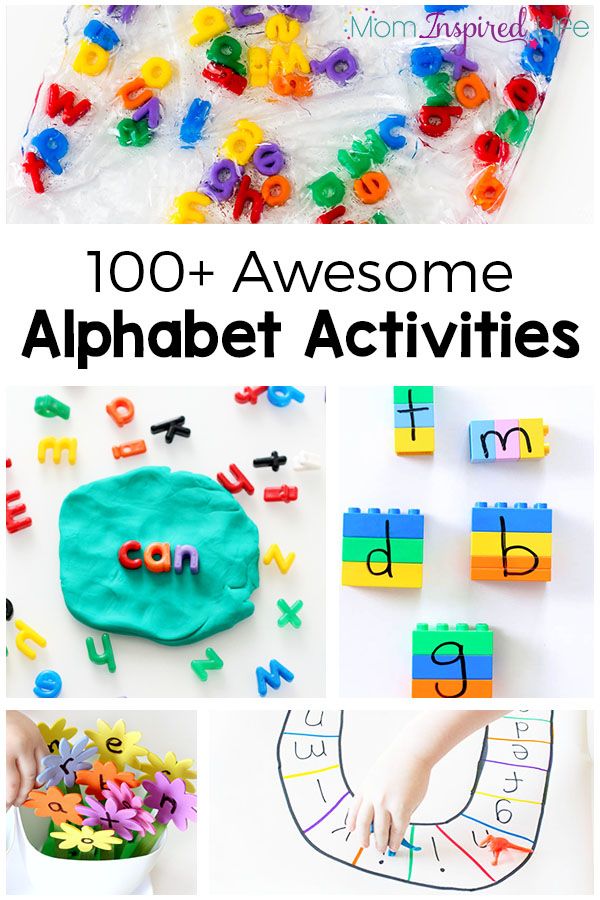 Well done guys, you completed this task!
Well done guys, you completed this task!
The alphabet introduced us not only to letters and taught read, on its pages we learned to be friendly, educated students who are able to perform school rules.
Let's remember the rules (children read in chorus slide rules).
Slide number 13.
Get up together every time,
When the teacher enters the classroom!
A desk is not a bed,
And you can't lie on it.
You sit well at your desk
And behave with dignity.
If you want to answer, don't make noise,
Just raise your hand.
The teacher will ask - you have to get up.
When he allows you to sit down, sit down.
Competition 2.
And who helped Pinocchio to study? (Malvina).
Slide number 14. She loves to play school, be a teacher. Do you want her to play with you? Then be careful.
- Determine by ear which words are hidden in the ones you hear:
Shed (lion) machine (tire)
Pillar (table) duck (dot)
Scythe (wasp) darkness (cancer)
Regiment (floor) gap (spruce)
Fishing rod (daughter) injection (stake)
Competition 3.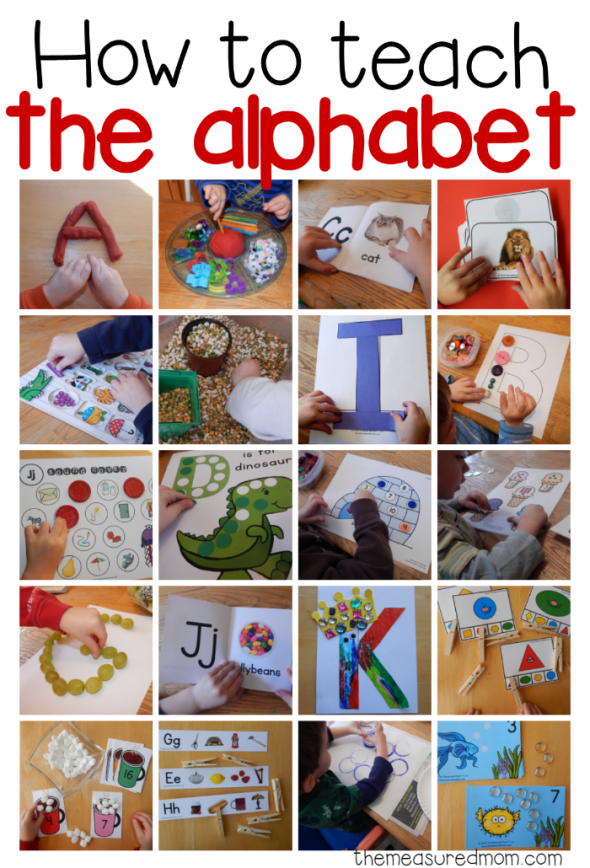
Slide #15. Tell me guys which one of you does he pack his bag for school? This is what we are now Malvina and check, play the game "Who build a portfolio faster.
- How clever and attentive you are. Well done!
Slide number 16. Physical education
Slide number 17. We continue our journey through ABC pages with our favorite characters.
Malvina taught Pinocchio to be not only smart, prudent, but also well-mannered and polite, let's play the game "Tell word", remember some rules courtesy.
The game “Tell me a word”:
1. If you met a friend,
Even on the street, even at home -
Do not be shy, do not be cunning,
And say louder ... (hello)
white light
And said to the hedgehog ... (hello)
3. If you ask for something,
Then first do not forget
Open your mouth
And say ... (please)
4.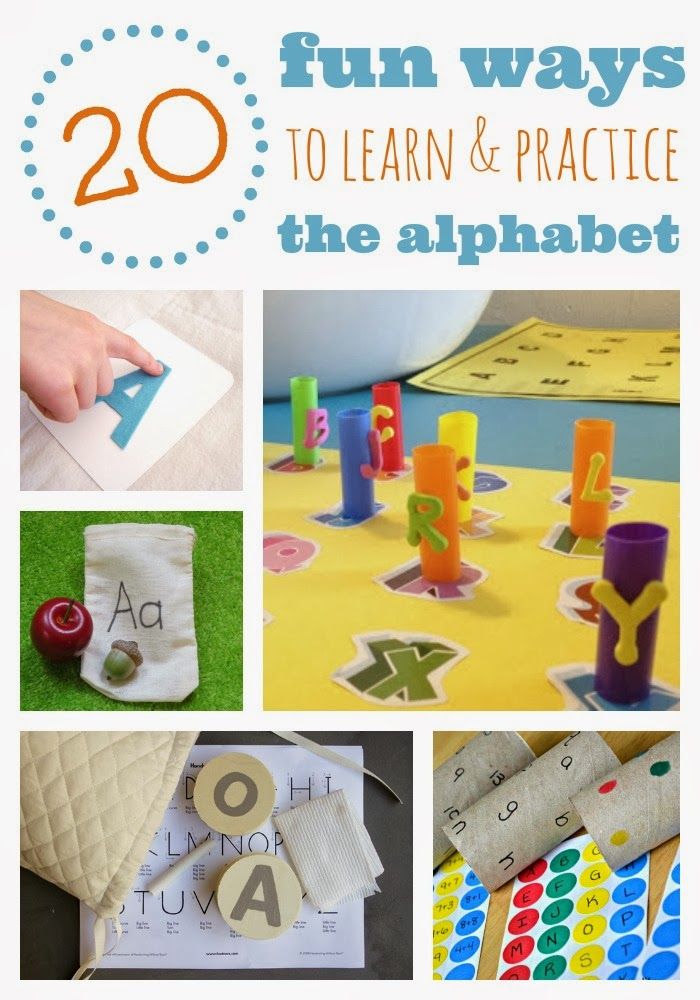 If you don’t want to be known as ignorant,
If you don’t want to be known as ignorant,
I beg you - be wise,
Begin the request with a polite word:
Be kind, be ... (kind)
5. A sparrow broke
Spider webs.
He tweeted embarrassedly:
- Me ... (sorry)
6. If the company met,
Not hastily, not in advance,
And at the moment of parting
tell everyone ... (goodbye)
7. If with a word or deed
Someone helped you,
Feel free to speak loudly, boldly
Speak ... (thank you) .
Slide #18
– Well done! Now let's read proverbs that Malvina prepared for us and Pinocchio. Why are these proverbs interesting?
Proverbs:
- If you don't have a friend - look for it, you've found it - take care of it.
- A tree is supported by roots, but a person is supported by friends.
- An old friend is better than two new ones.
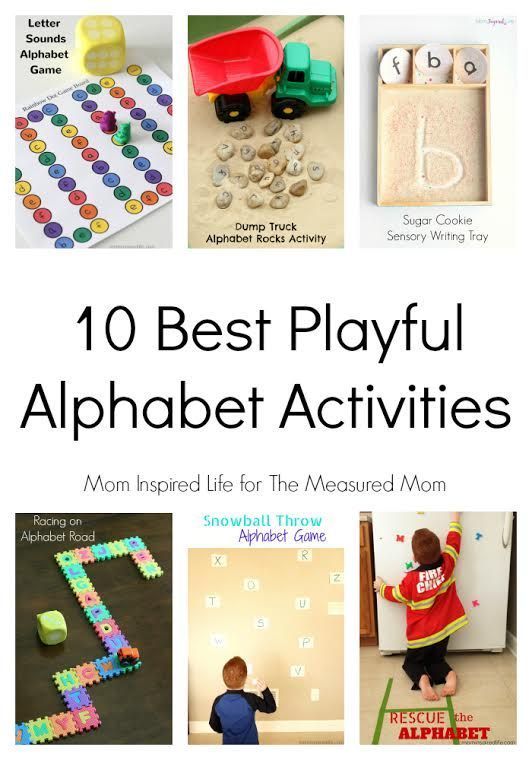
- A man without a friend is like earth without water.
- Which word is repeated in all these proverbs?
- Of course, we not only comprehended the sciences, learned to be polite, but also, of course, to be friendly. Let's show how we learned be friends.
Slide No. 19. Song "Friendship"
Slide No. 20
Competition 4: "Make a proposal" helped you learn the alphabet? (Moms, dads, grandmothers)
– Now we will ask our parents to make and read the suggestions.
(1 team receives cards, where beginning of sentences, 2 team - ends offers. Parents need to find each other stand in pairs and read the compiled offers)
Slide No. 21
1 team 2 team
Who is a lot is reading, you fly on wings.
Get up late - he knows a lot.
reading a book - you will do little.
Learning and work everything will be twisted.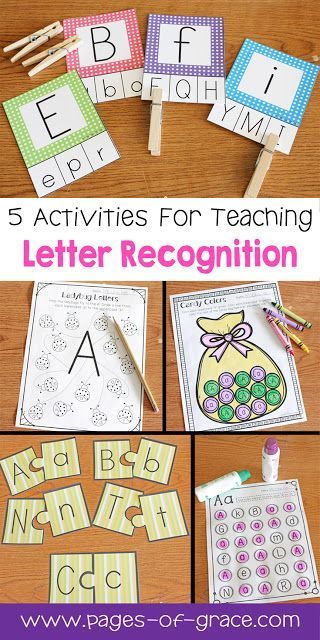
Slide №22 (class photo)
We know letters, we know syllables.
We know how to speak, count,
And gradually, little by little
We learned to read everything!
How good it is to be able to read!
Don't pester your mother!
No need to ask your grandmother:
Read, please, read!
Don't beg your sister
"Well, read another page!"
No need to call, no need to wait,
Or you can take it and read it.
The alphabet taught us to read,
Divide words into syllables,
Revealed the secrets of many books,
Any of us got used to it!
And let's all say for this:
Thank you, ABC, to you!
The alphabet was read to the cover
Reading the "five" for everyone.
You have overcome the science of slow reading
And now you are being issued certificates.
In that they read the "ABC",
Completed the course of sciences.
And now without a break
We will read any book!
Slide No.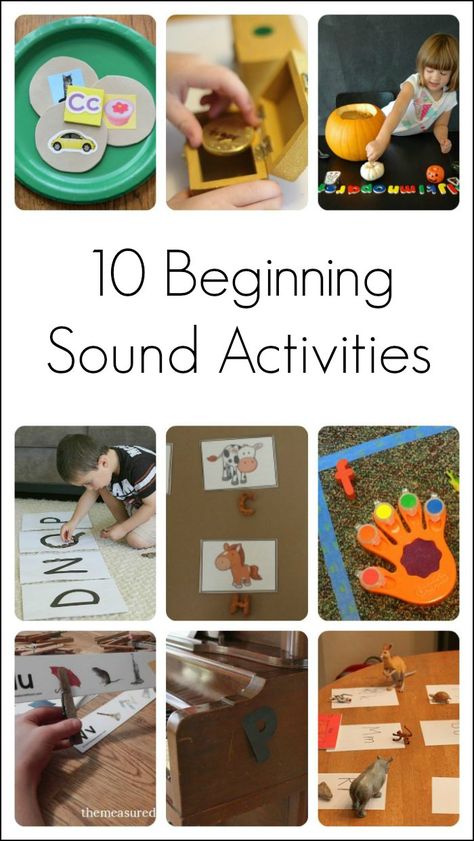
Learn more

